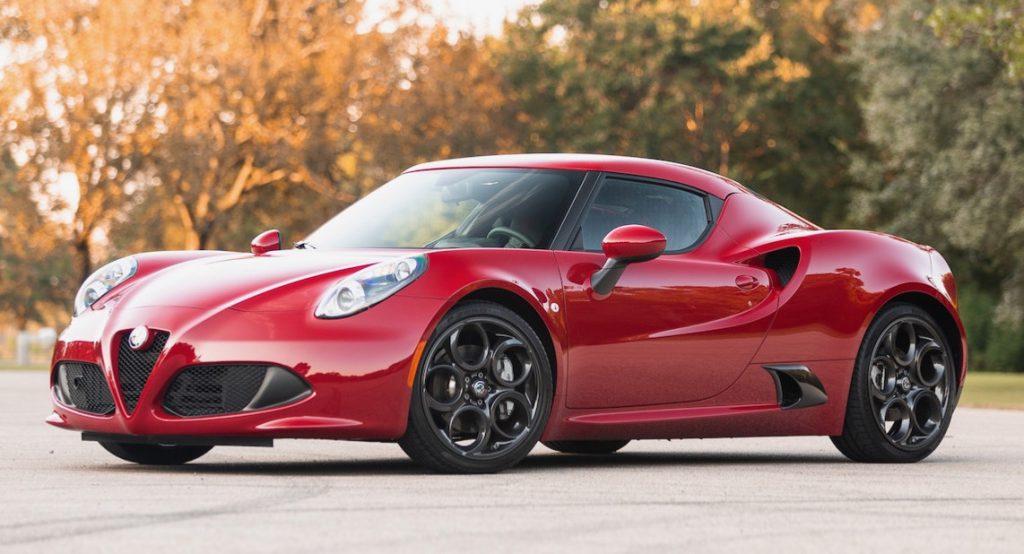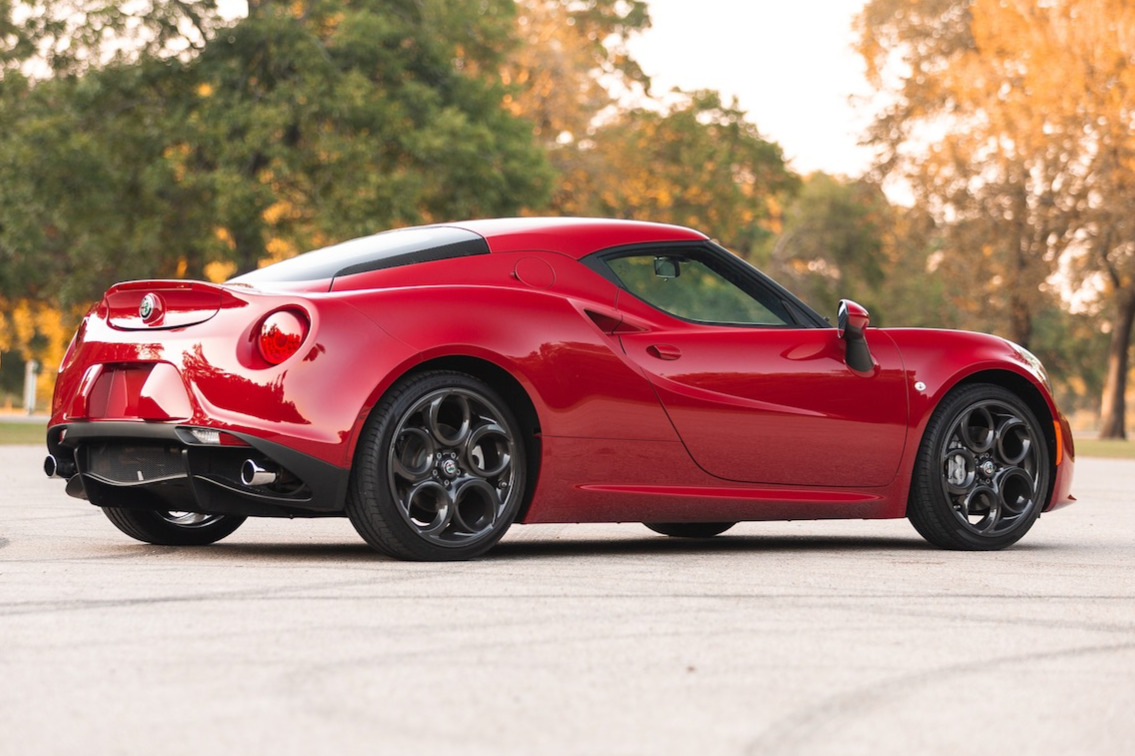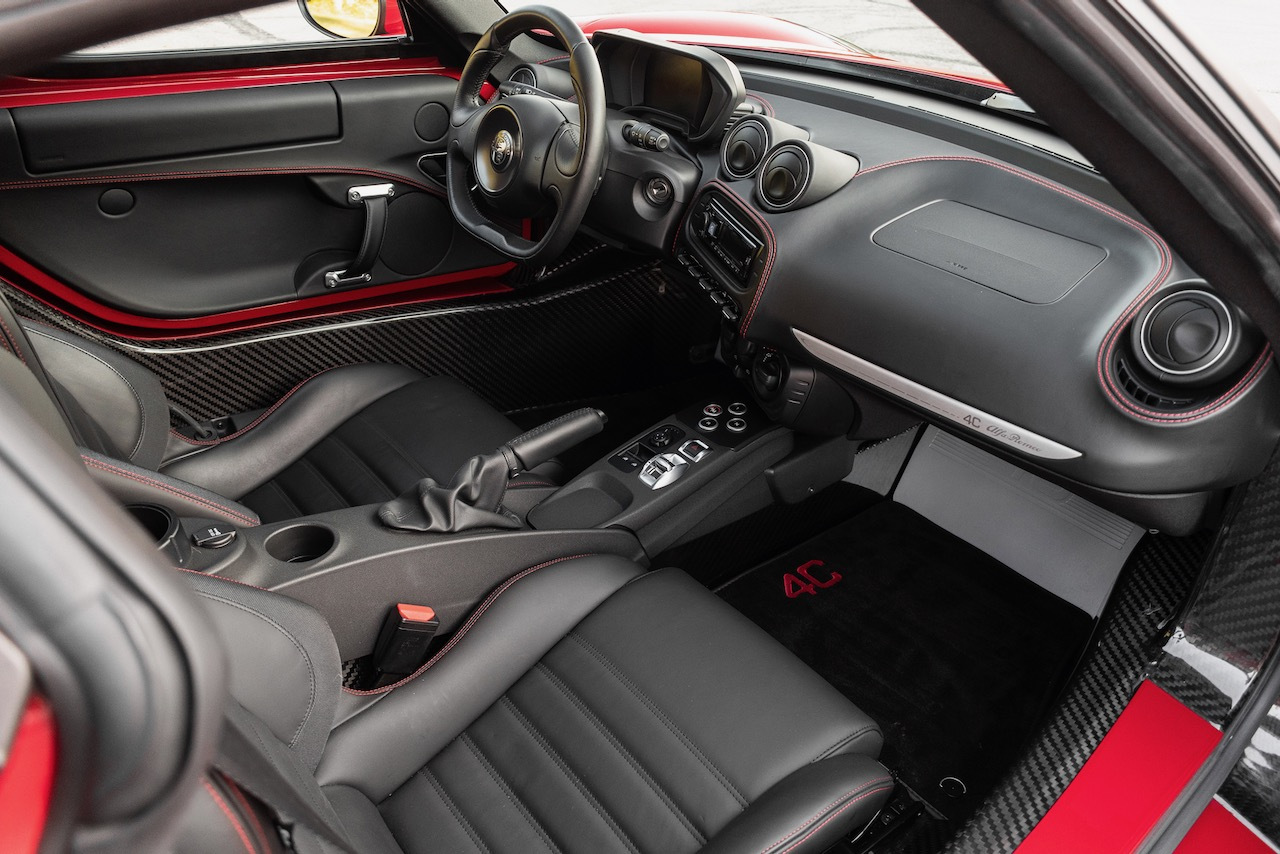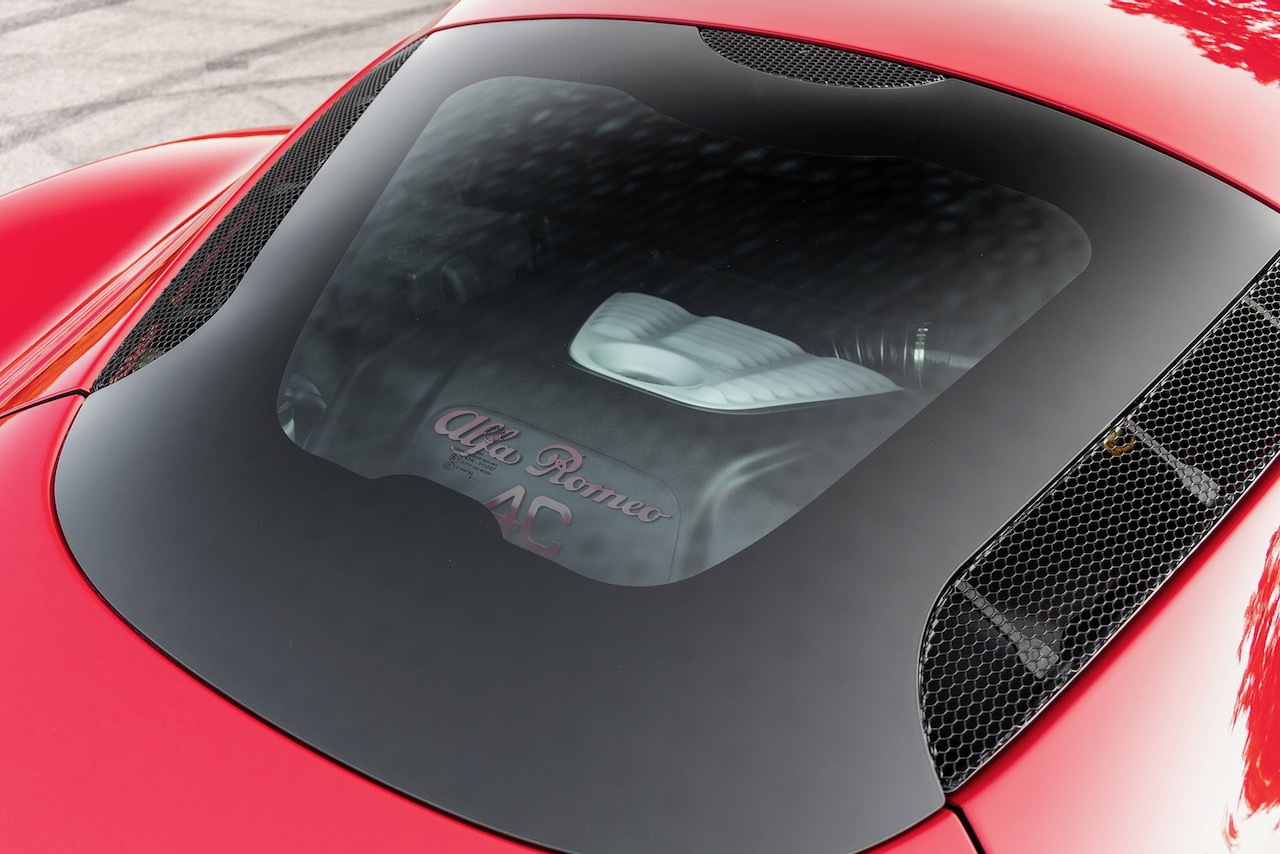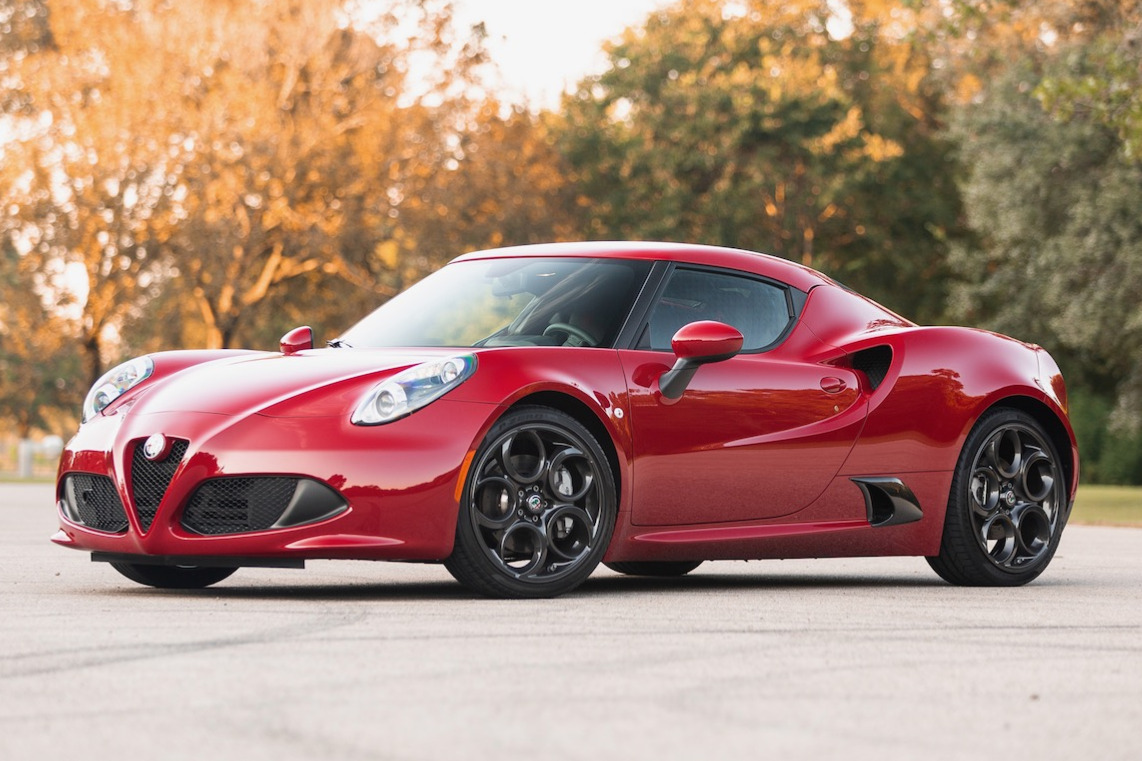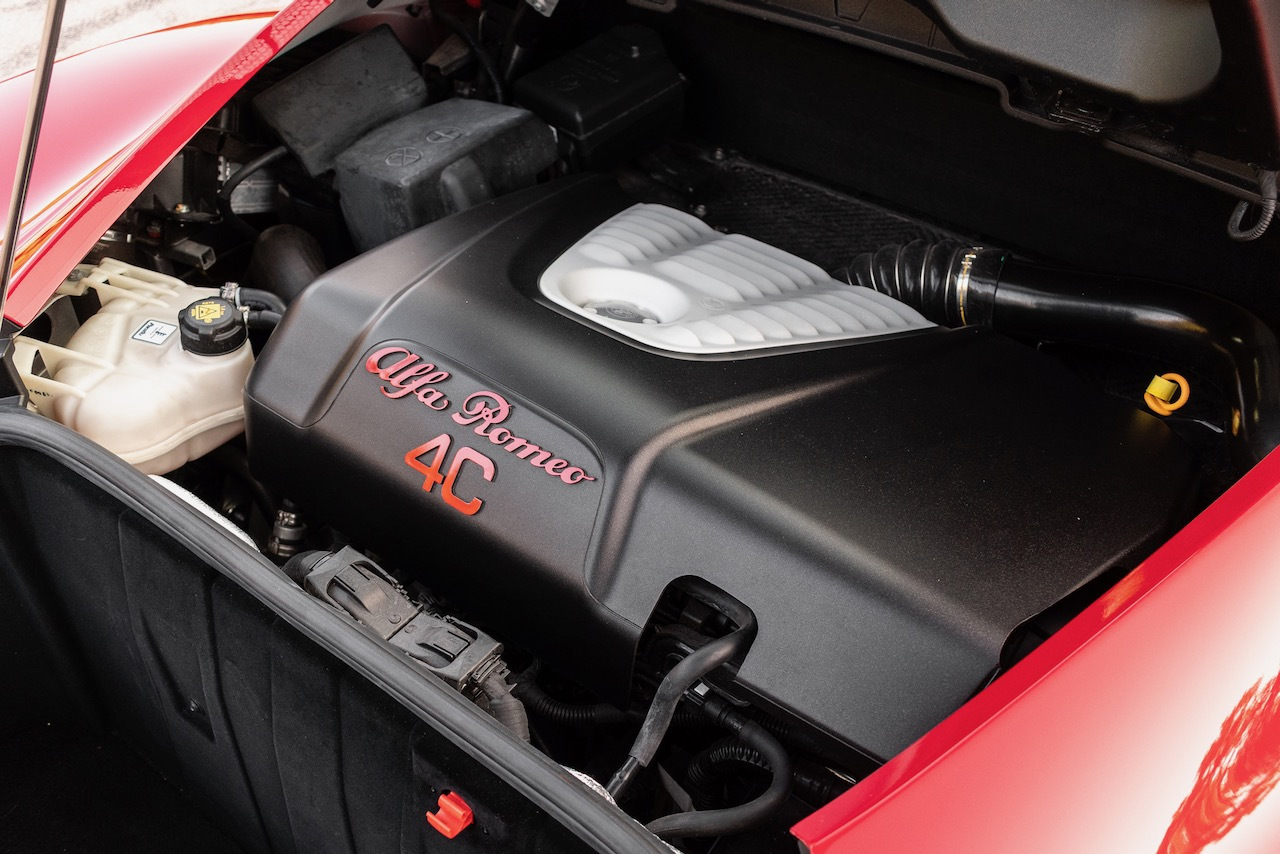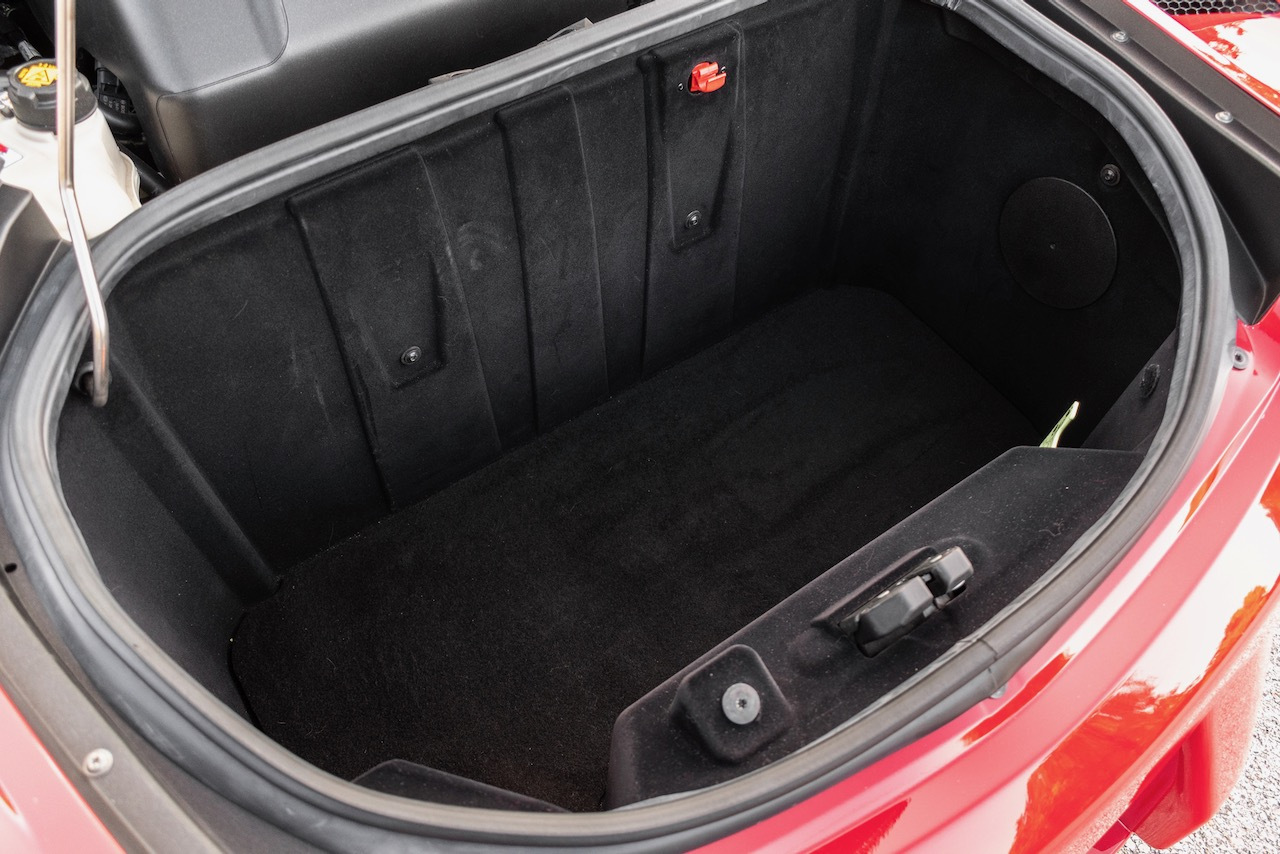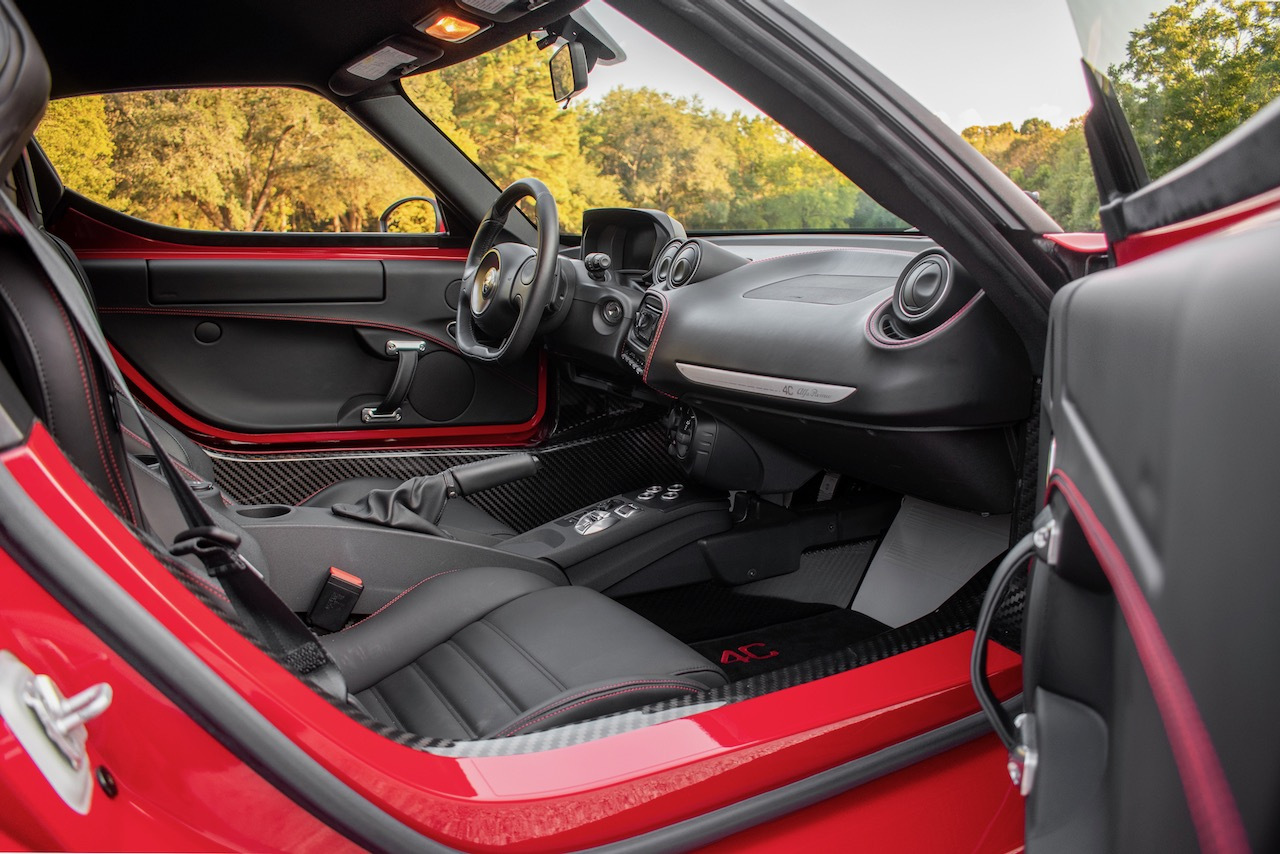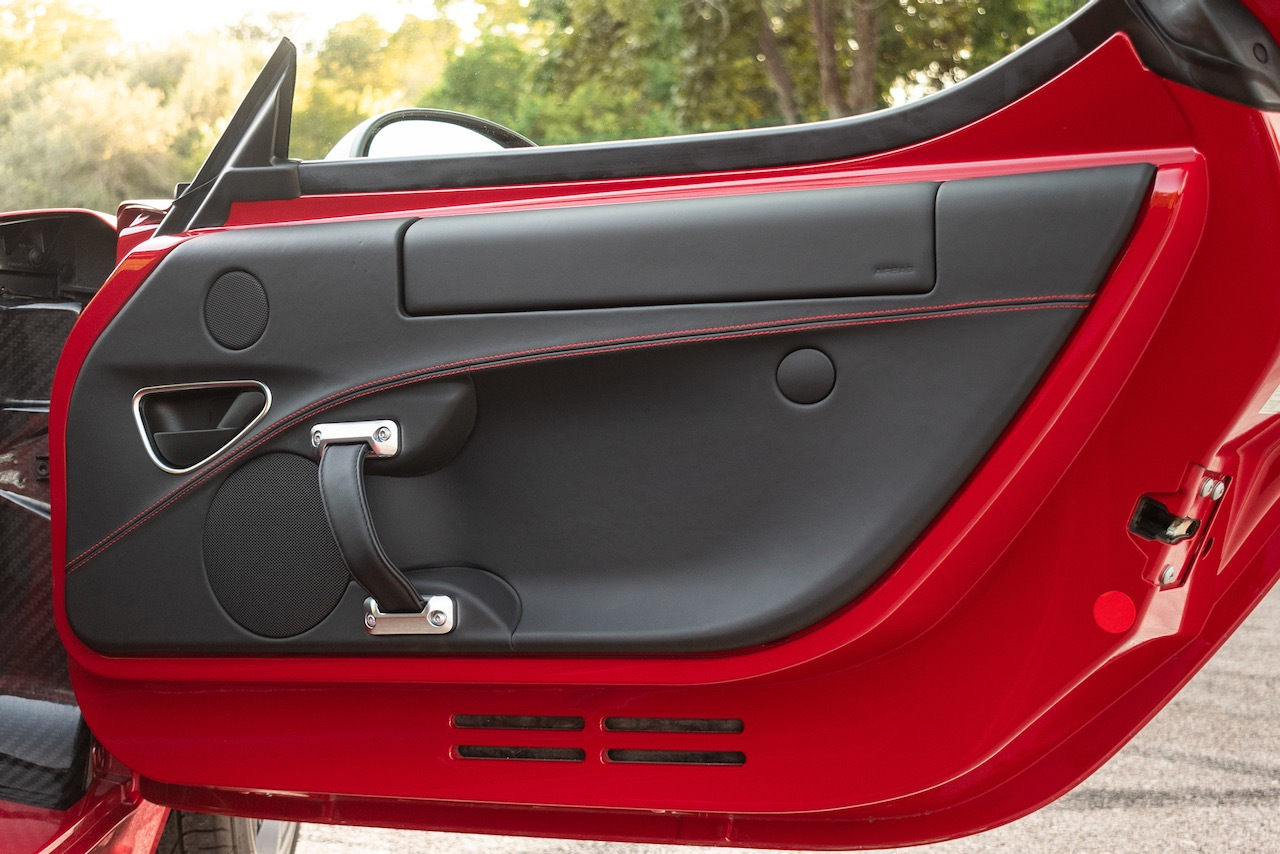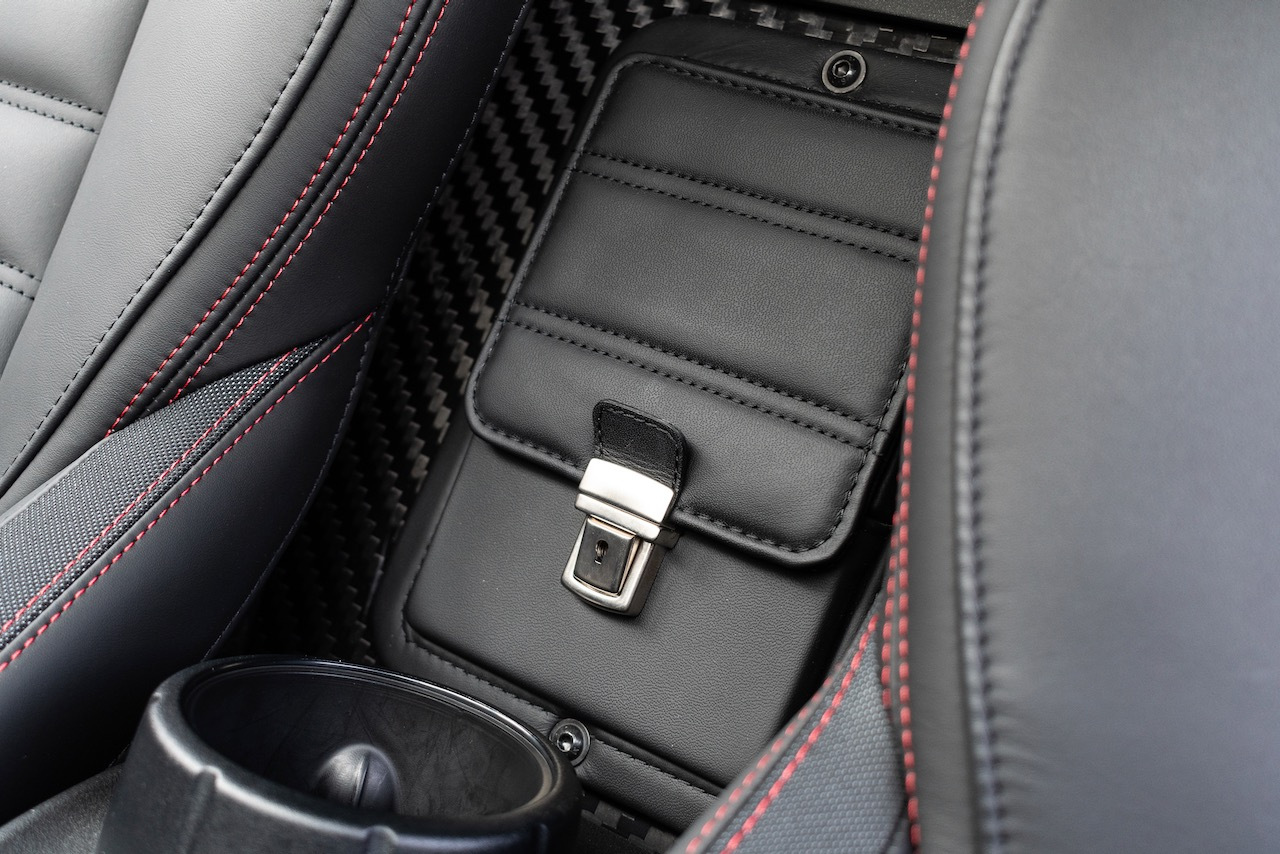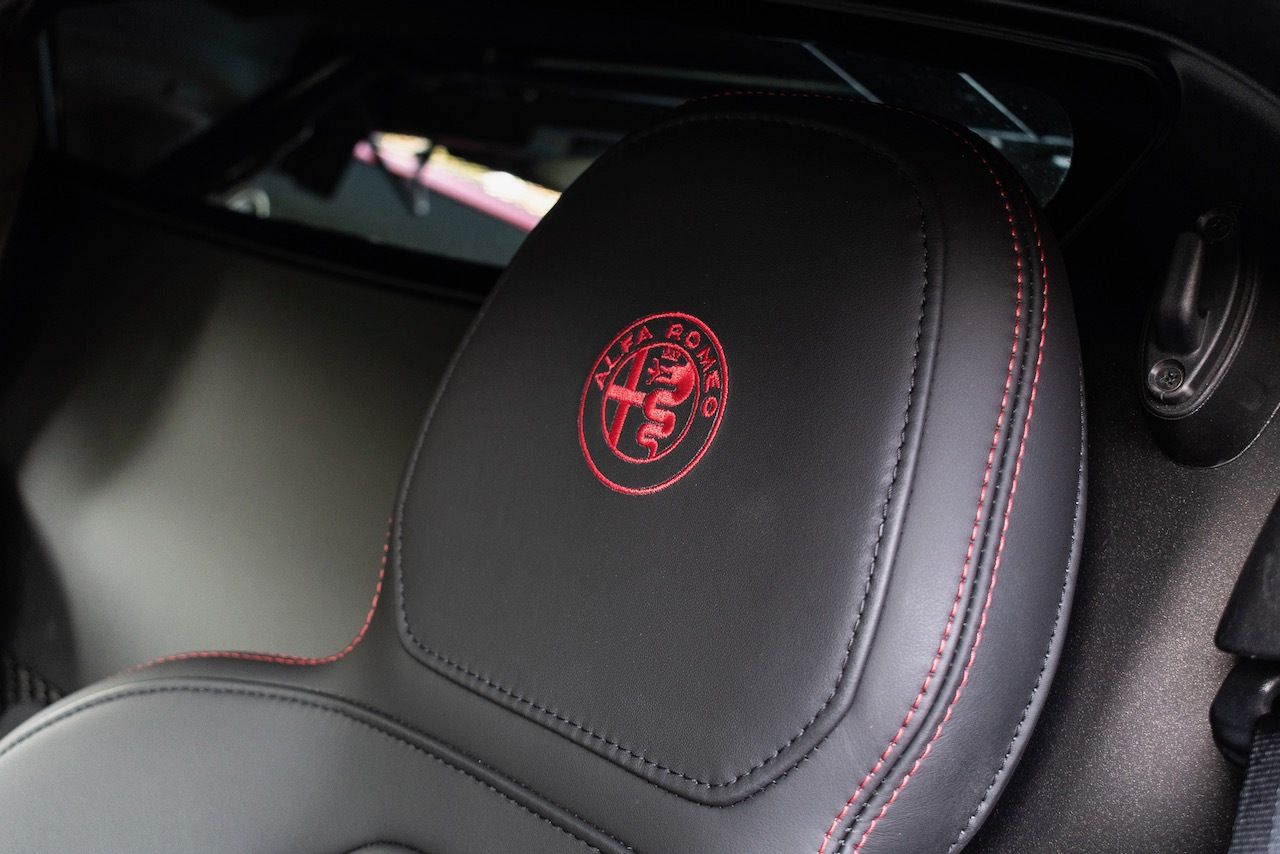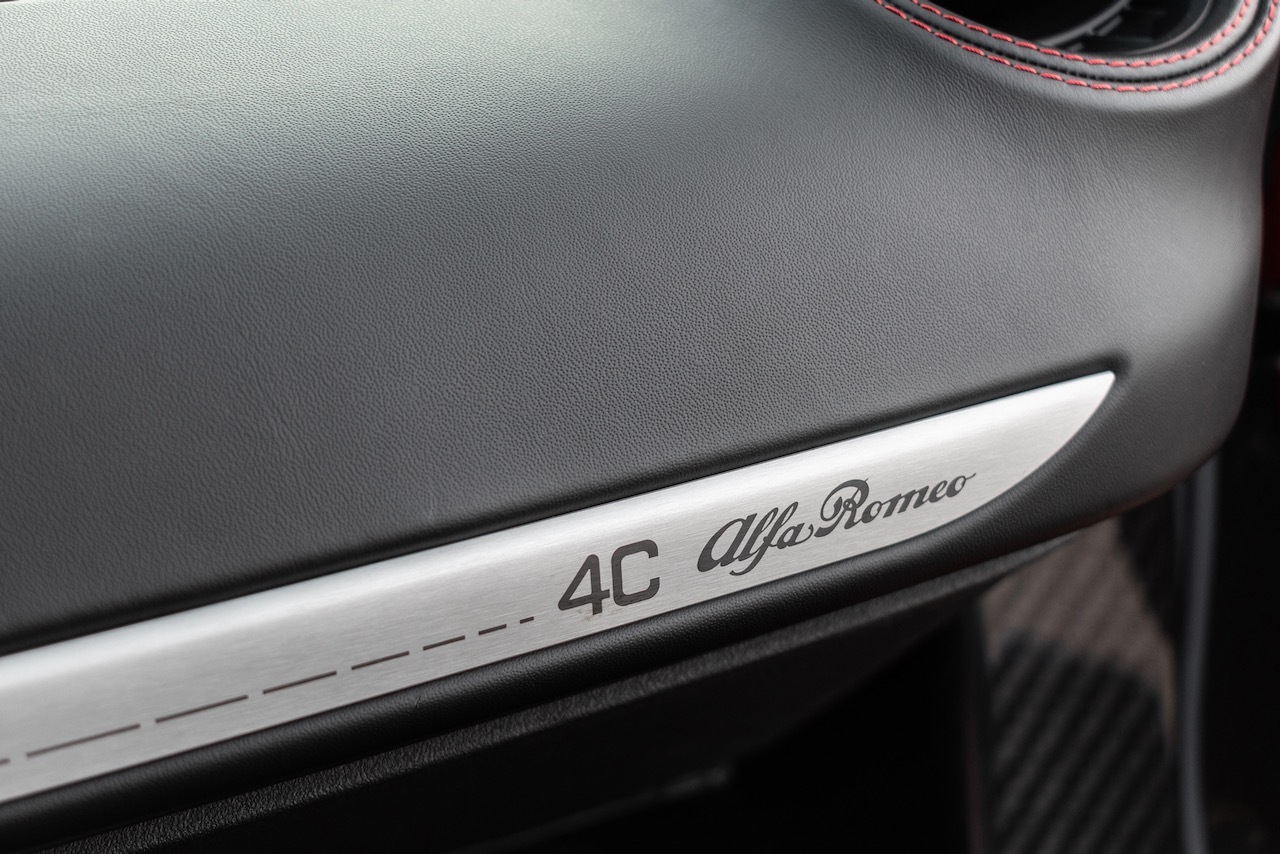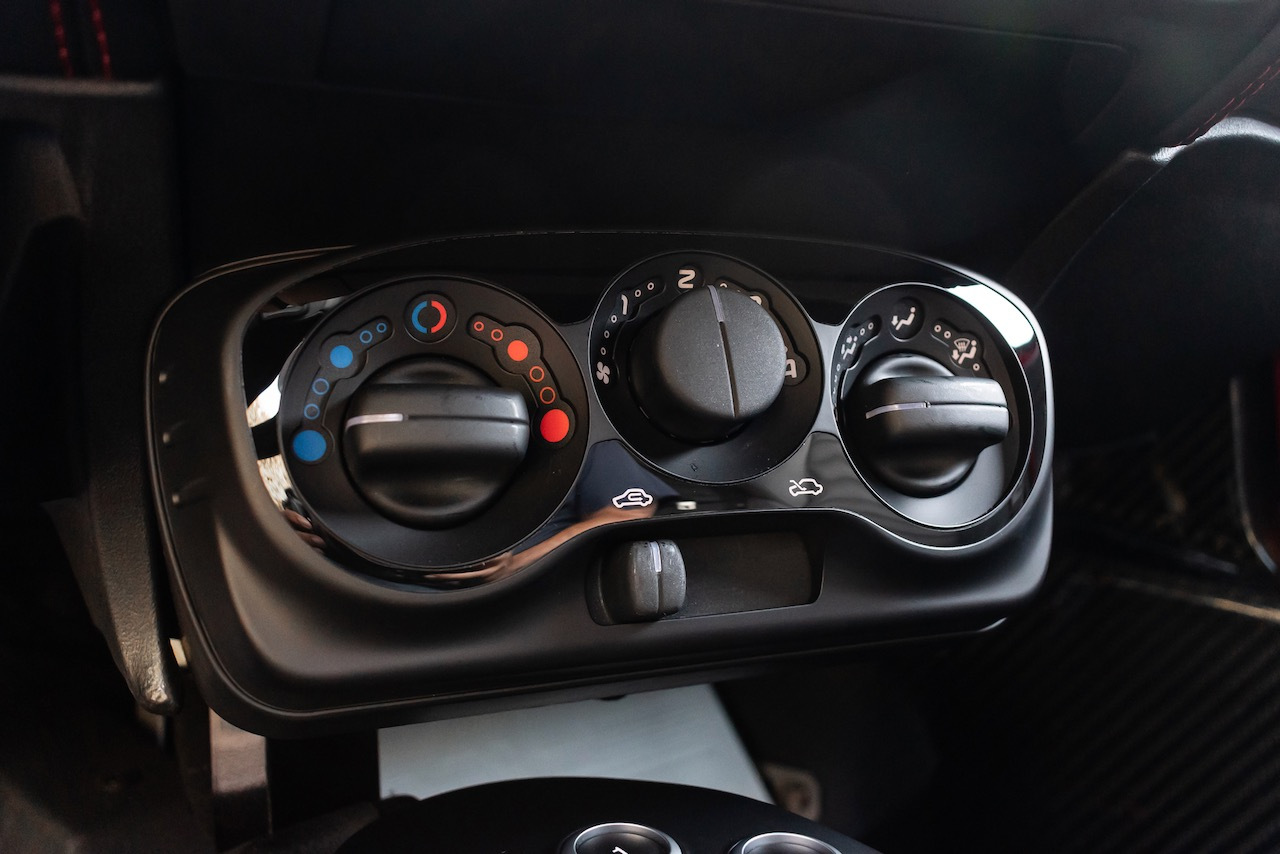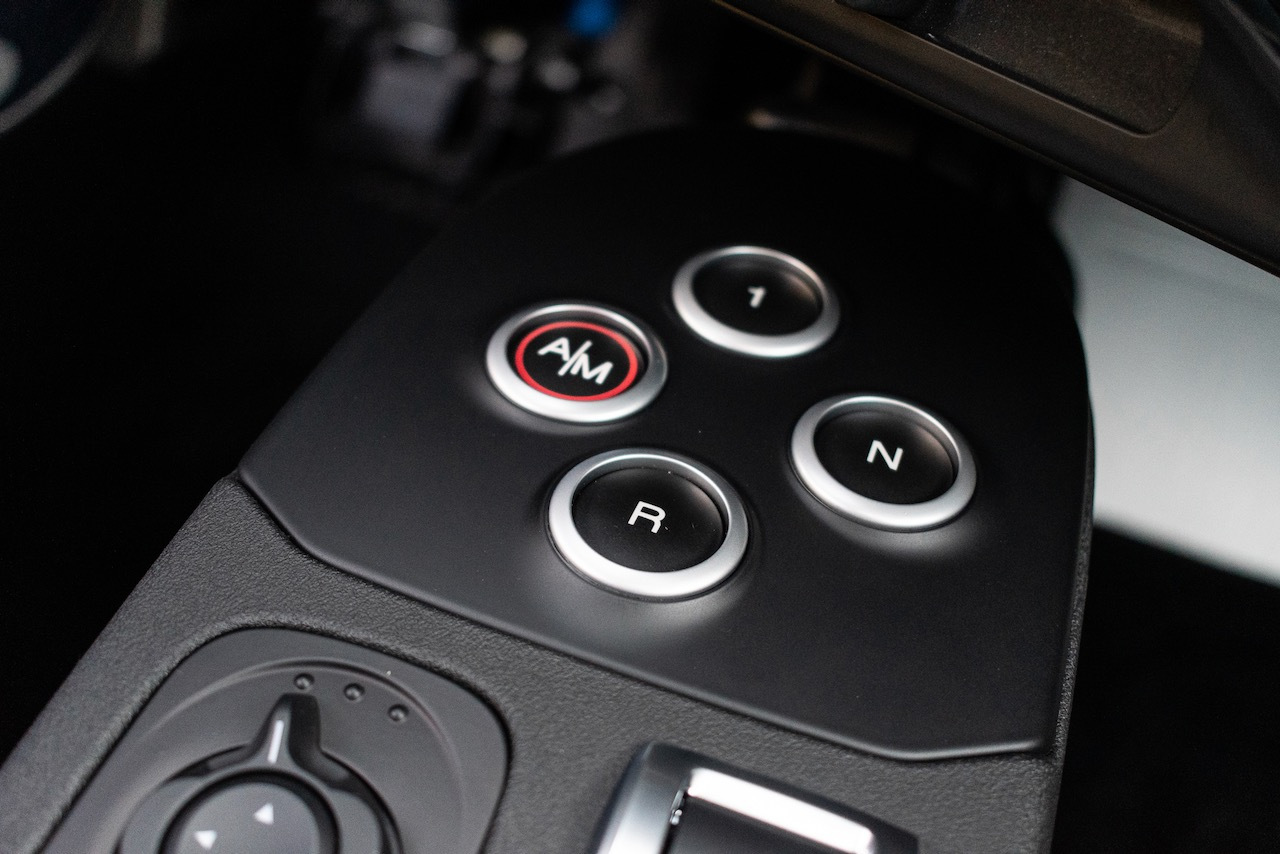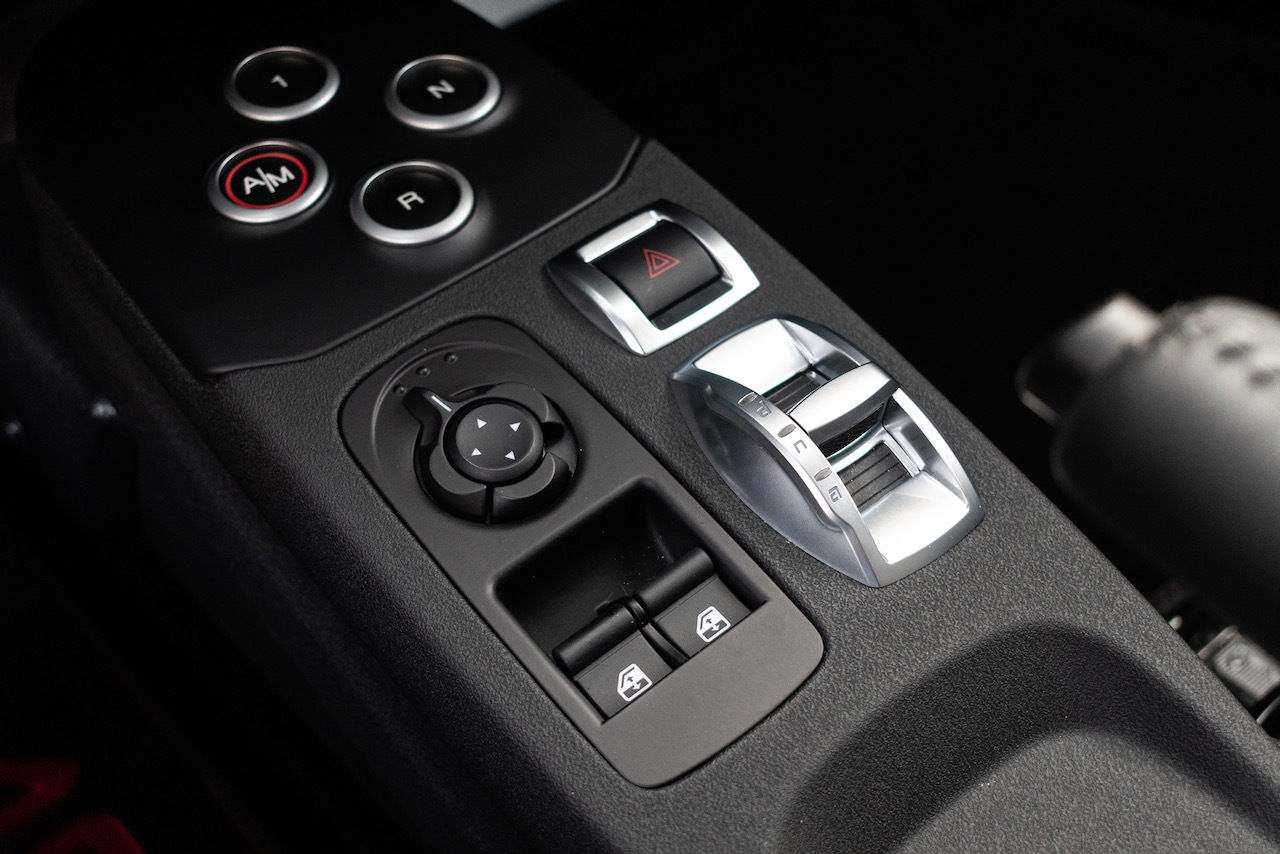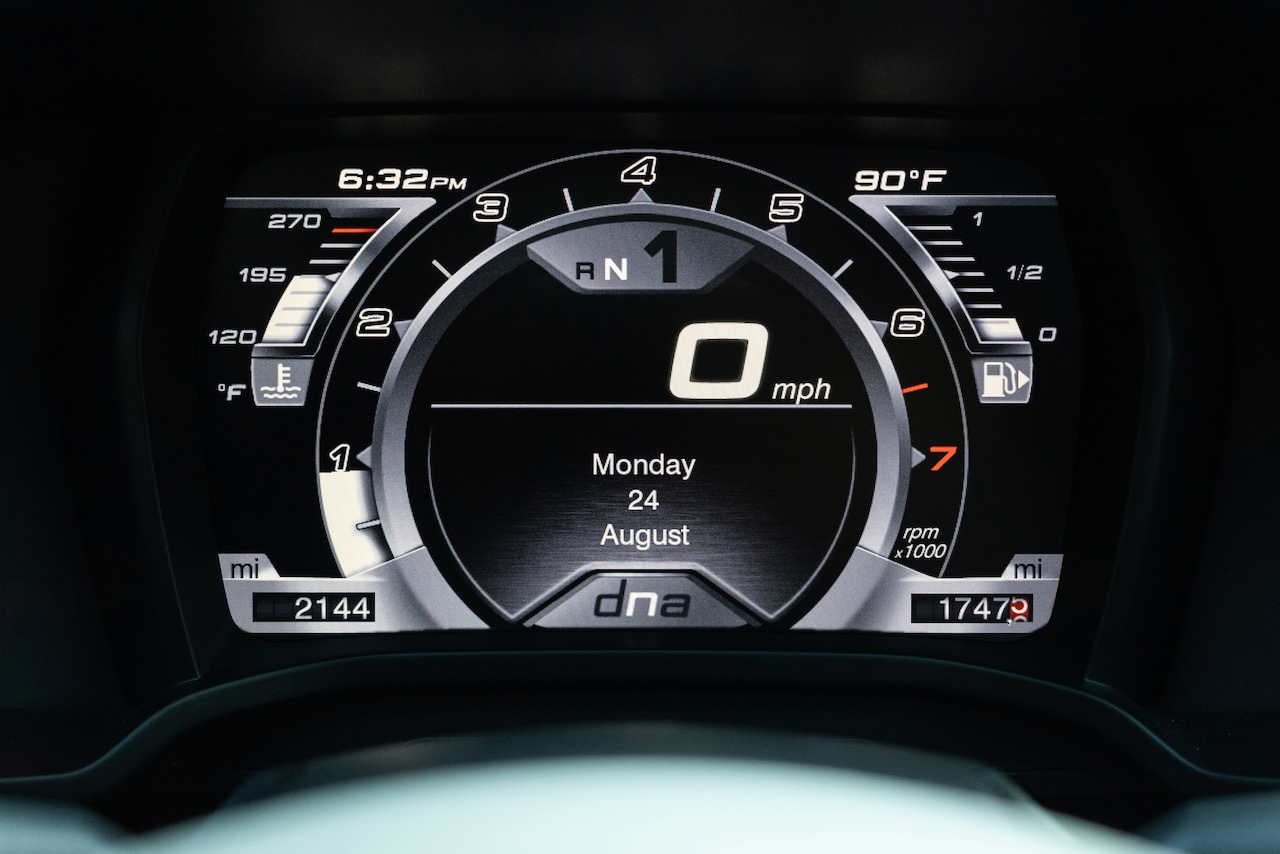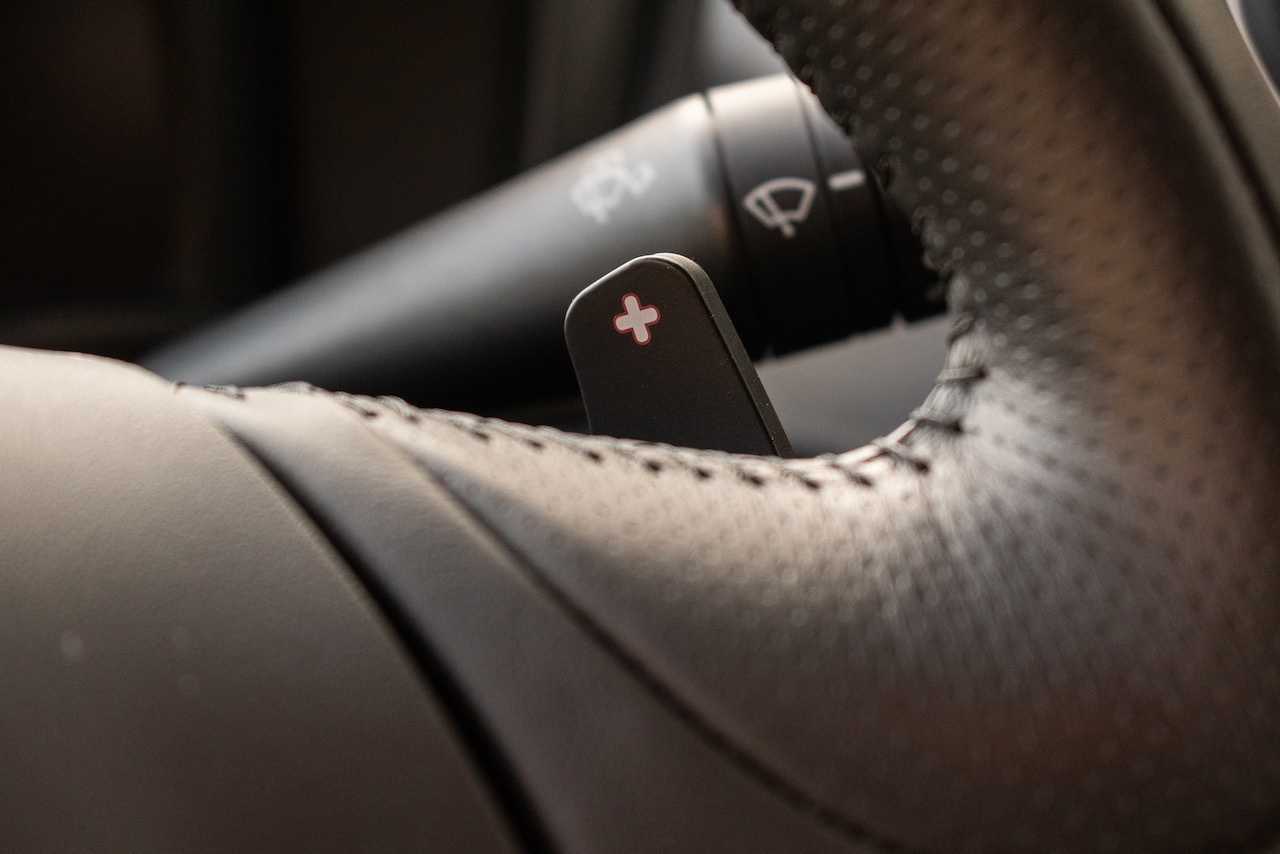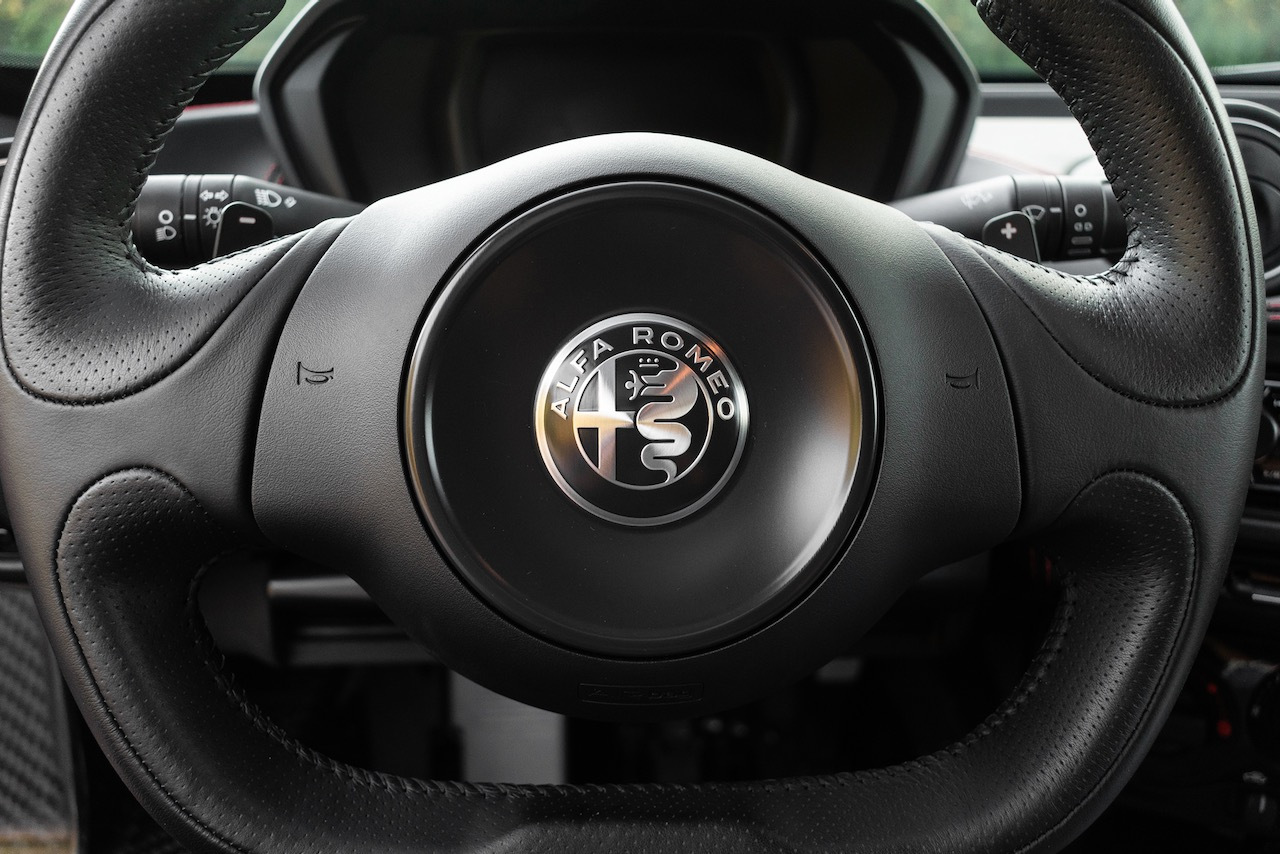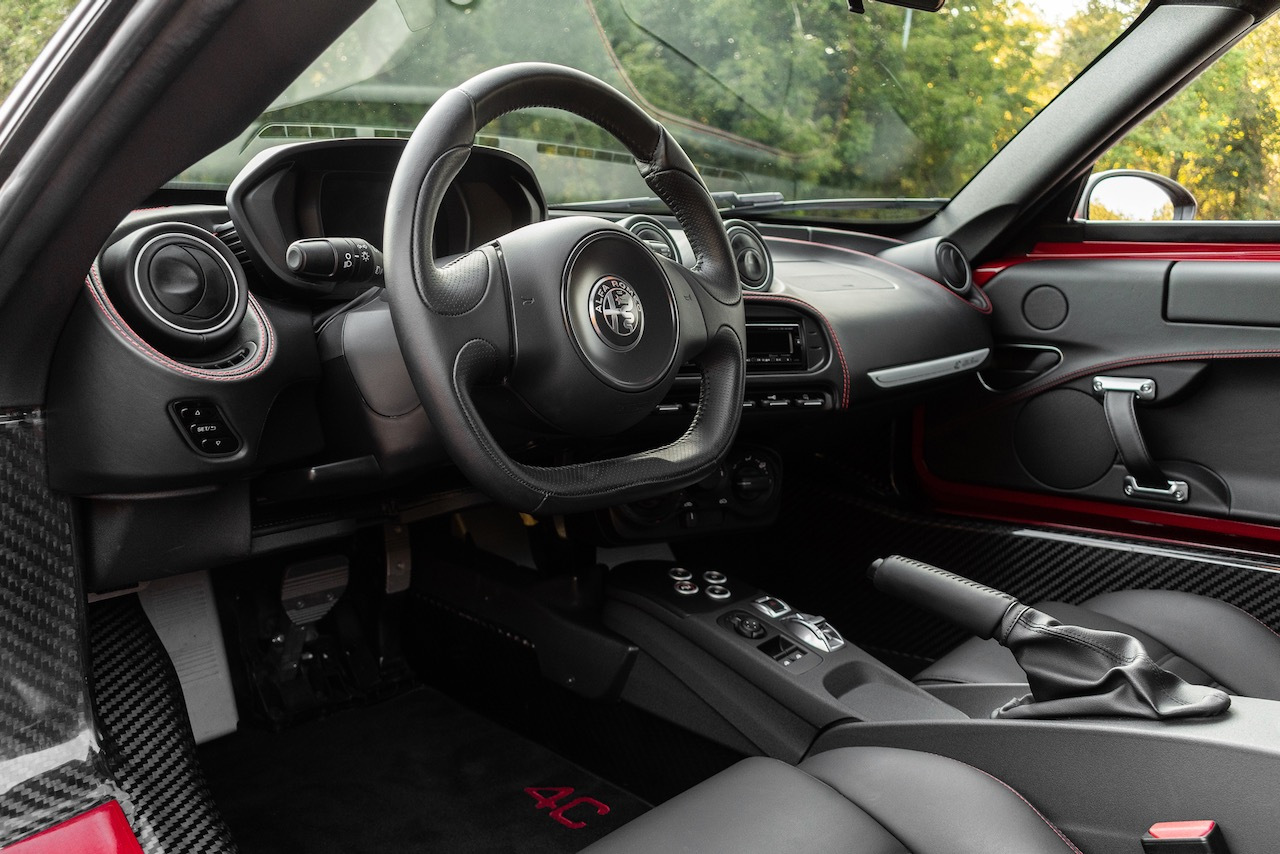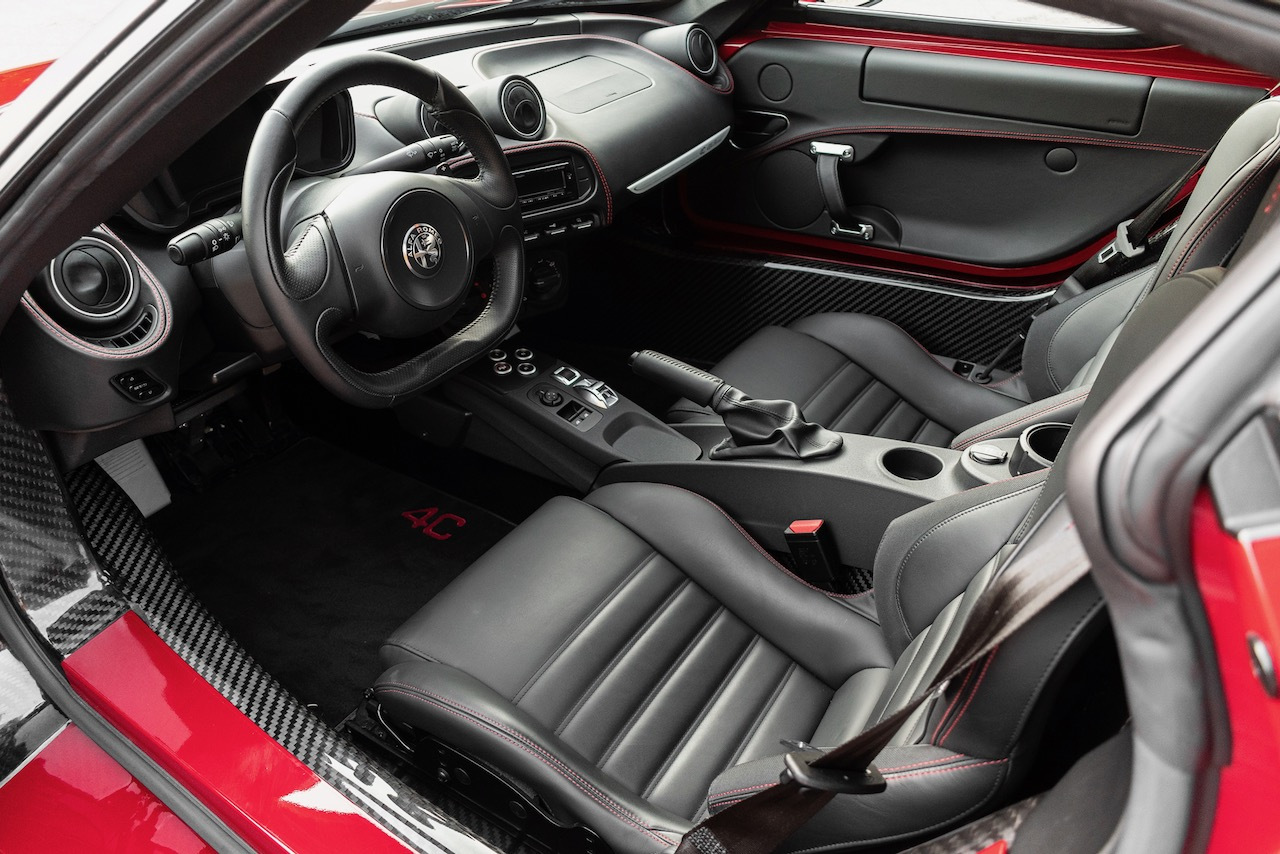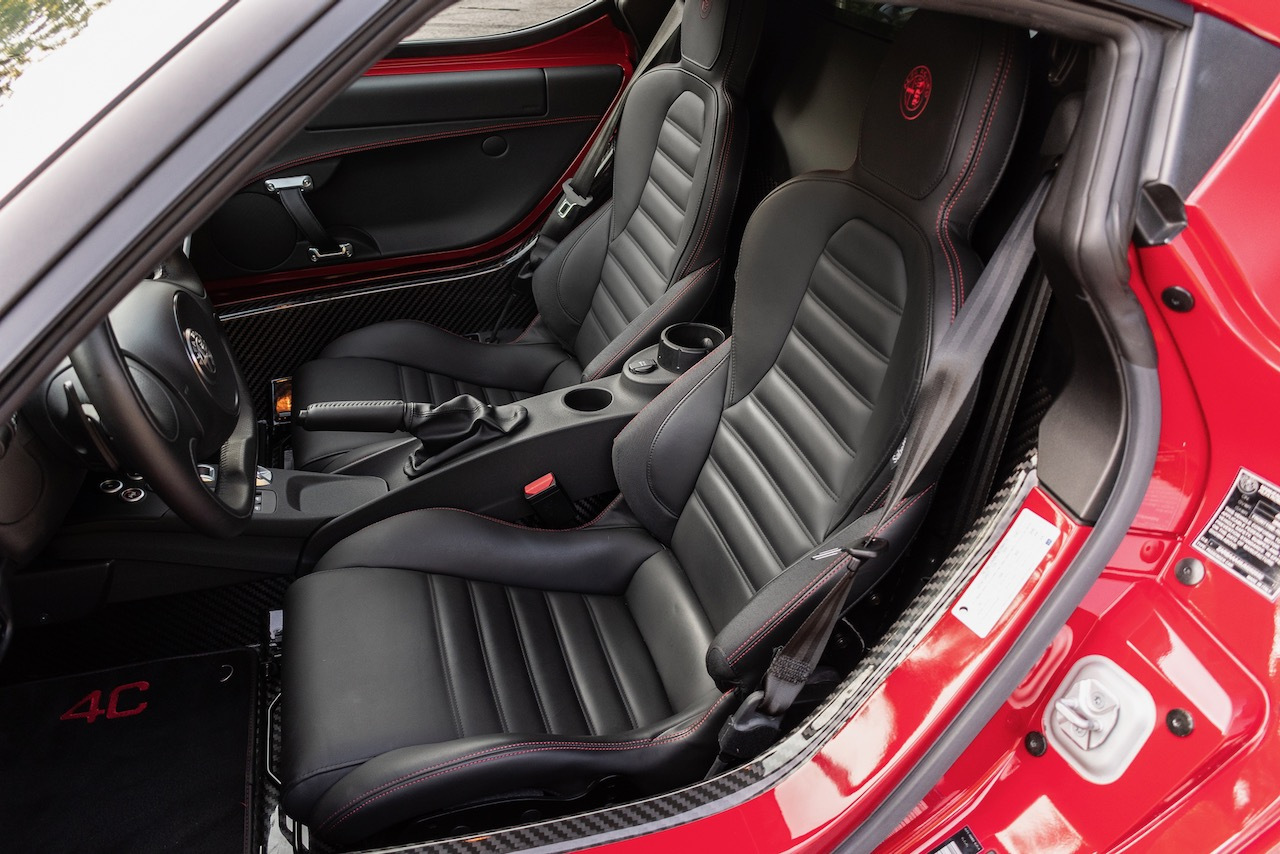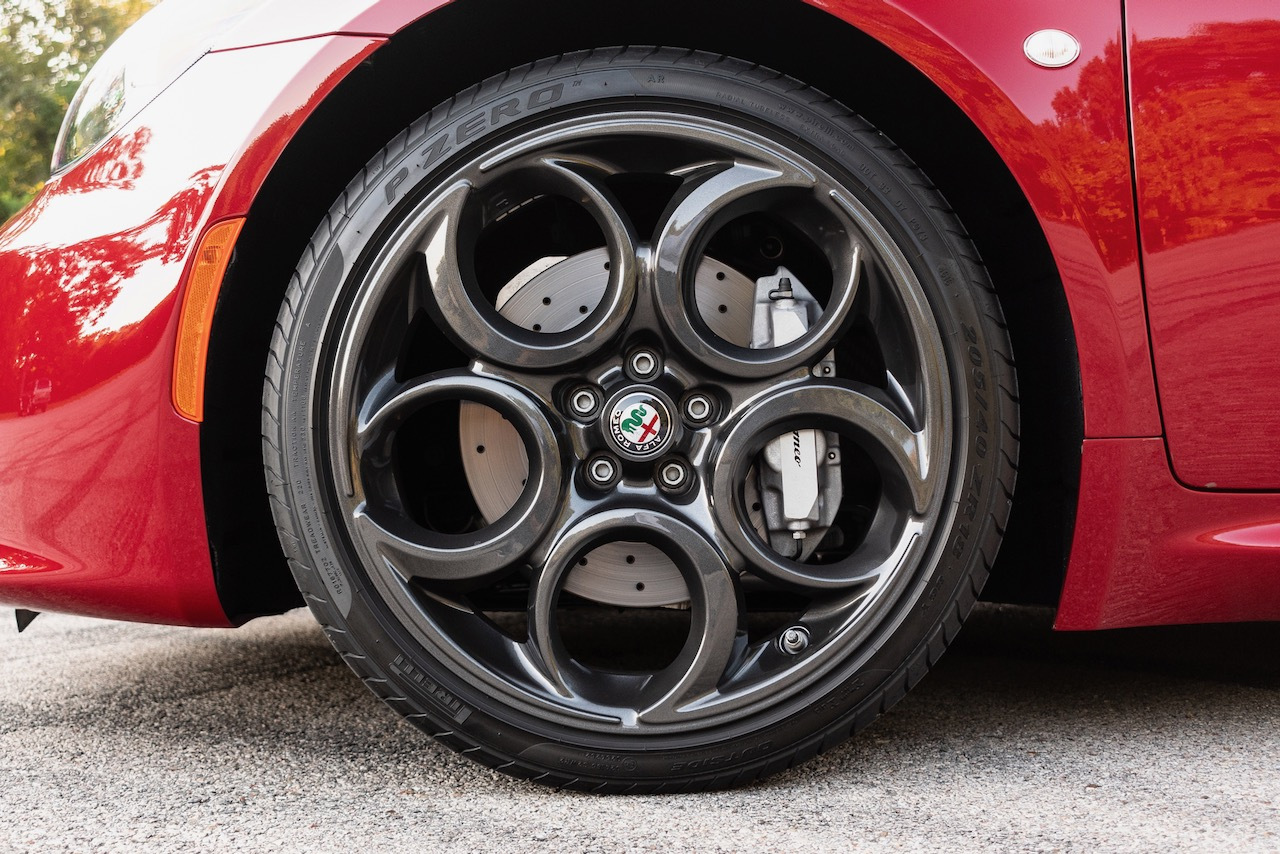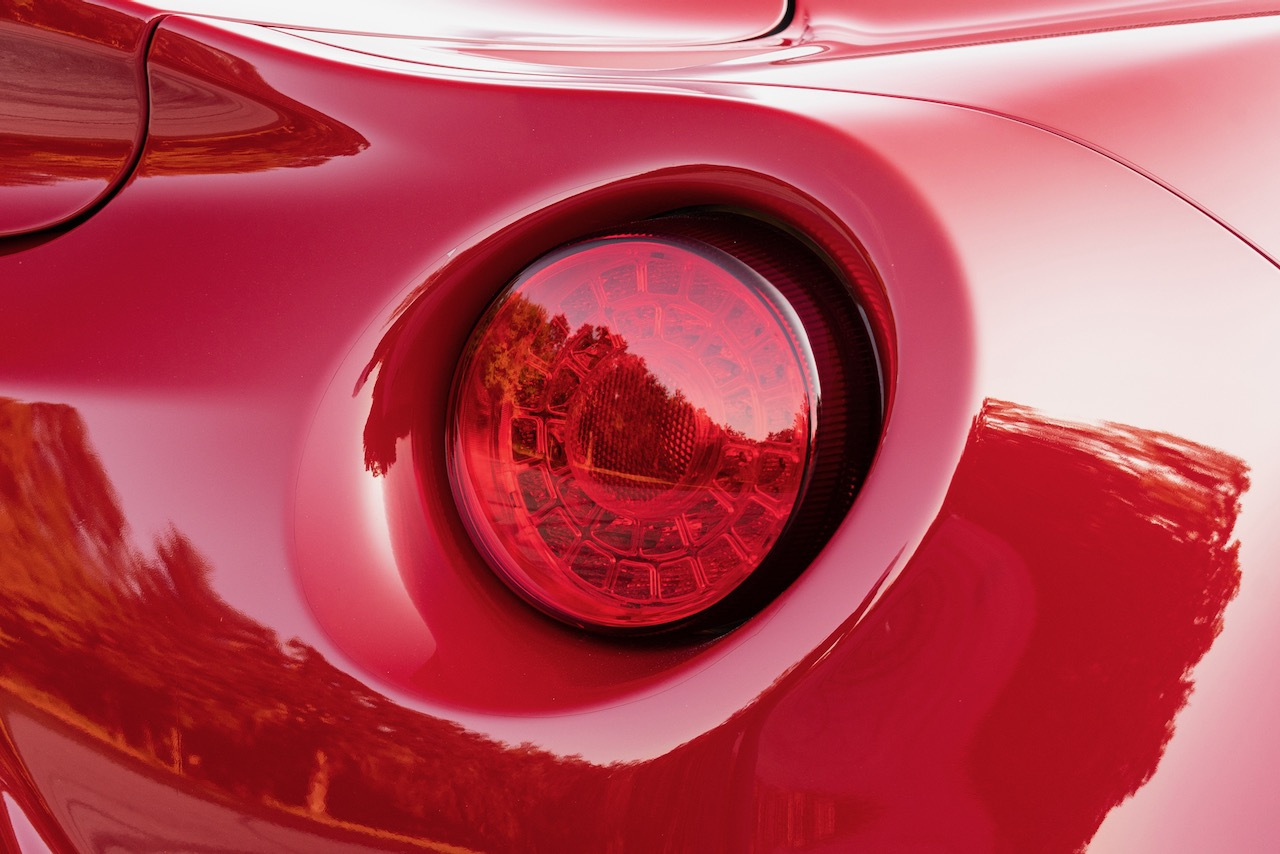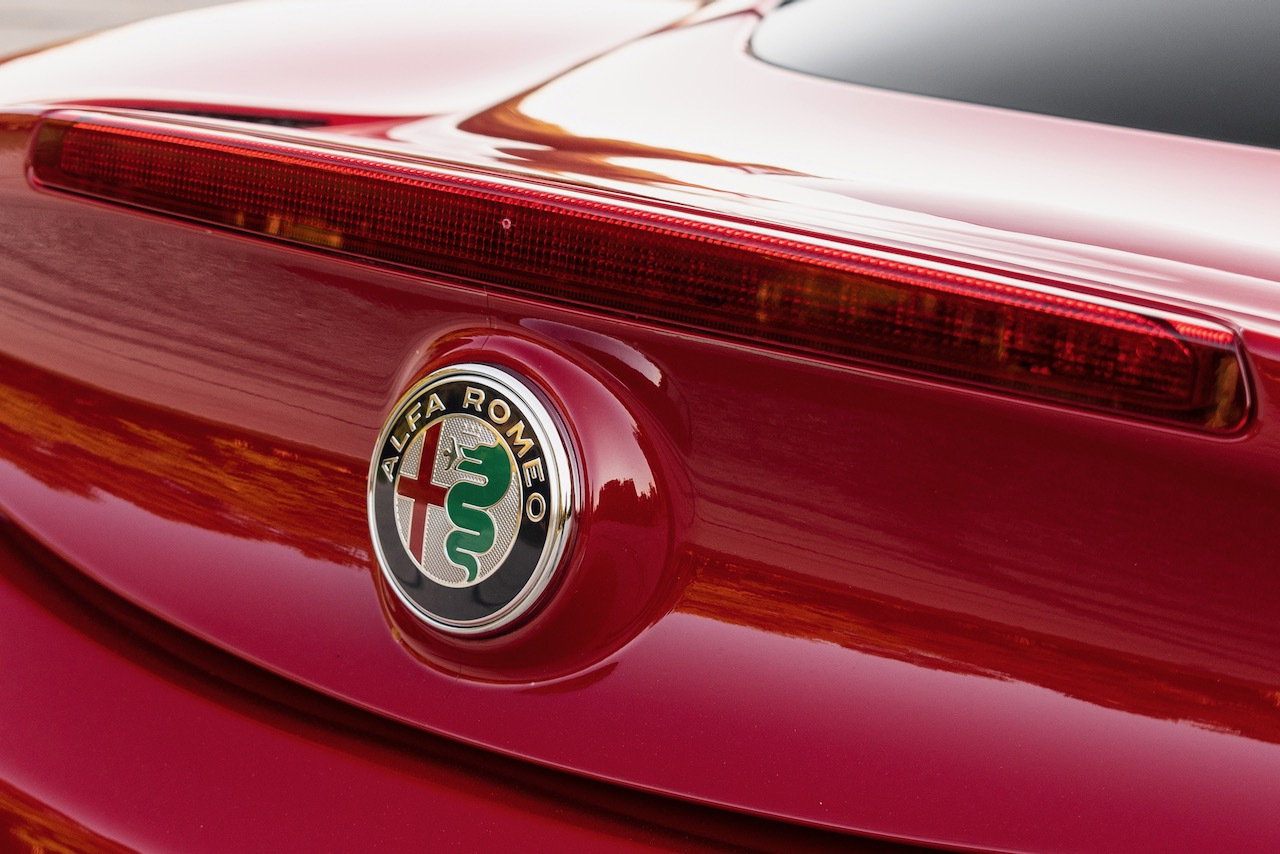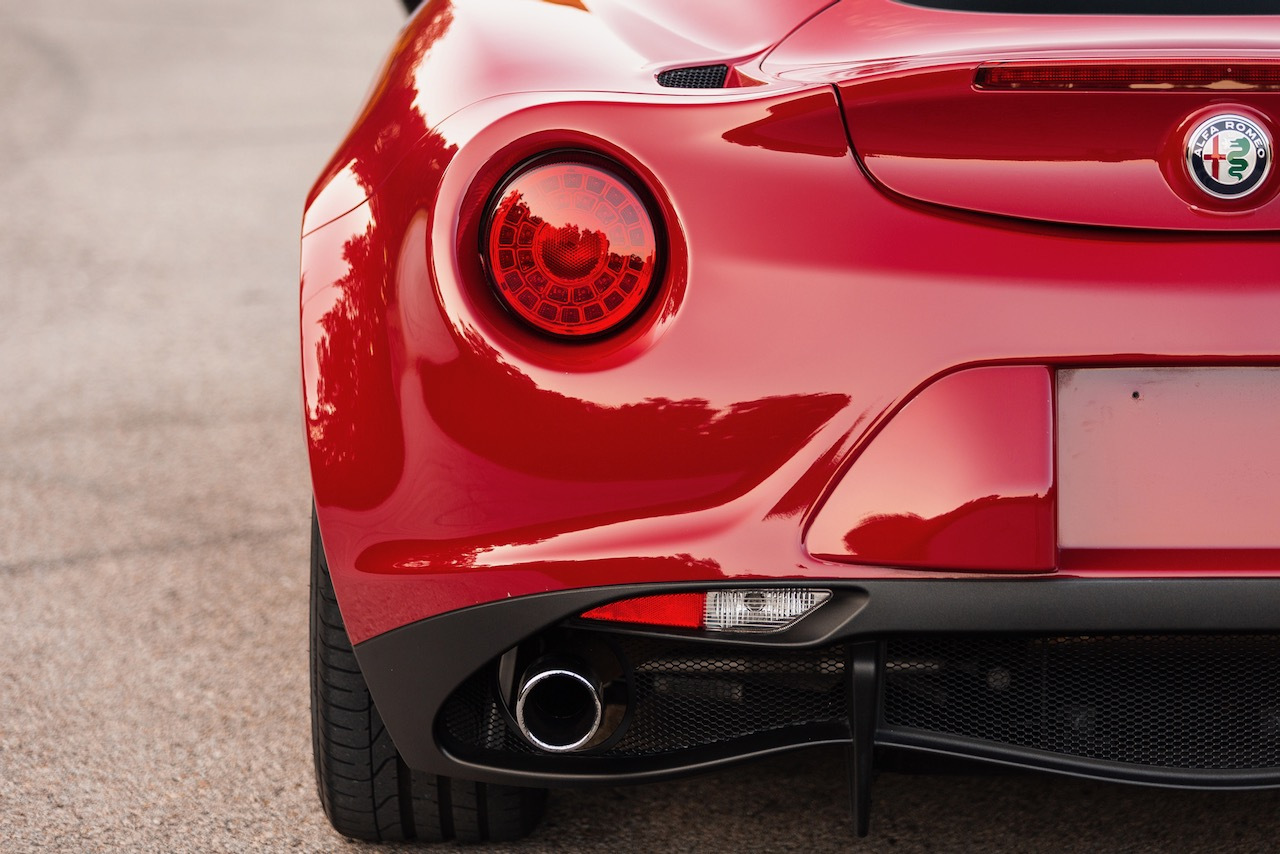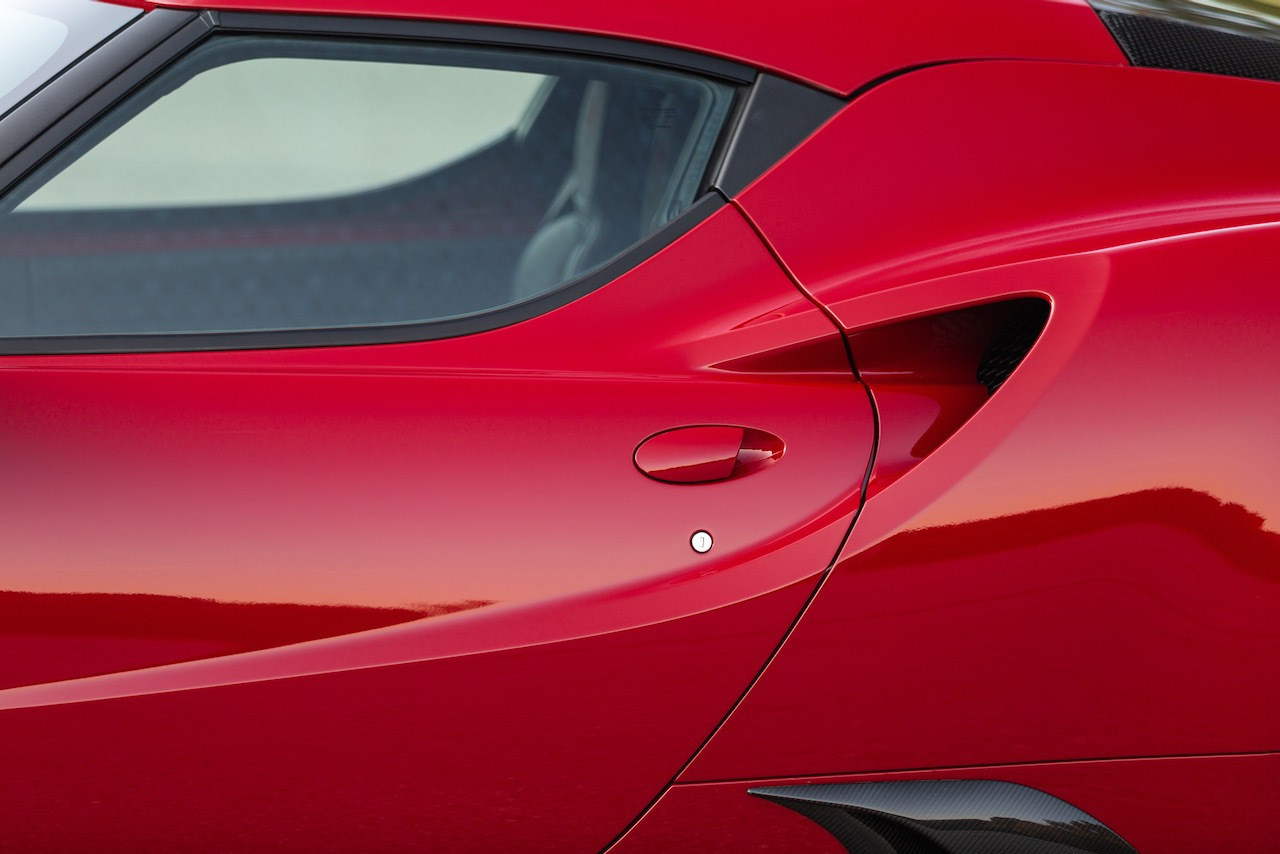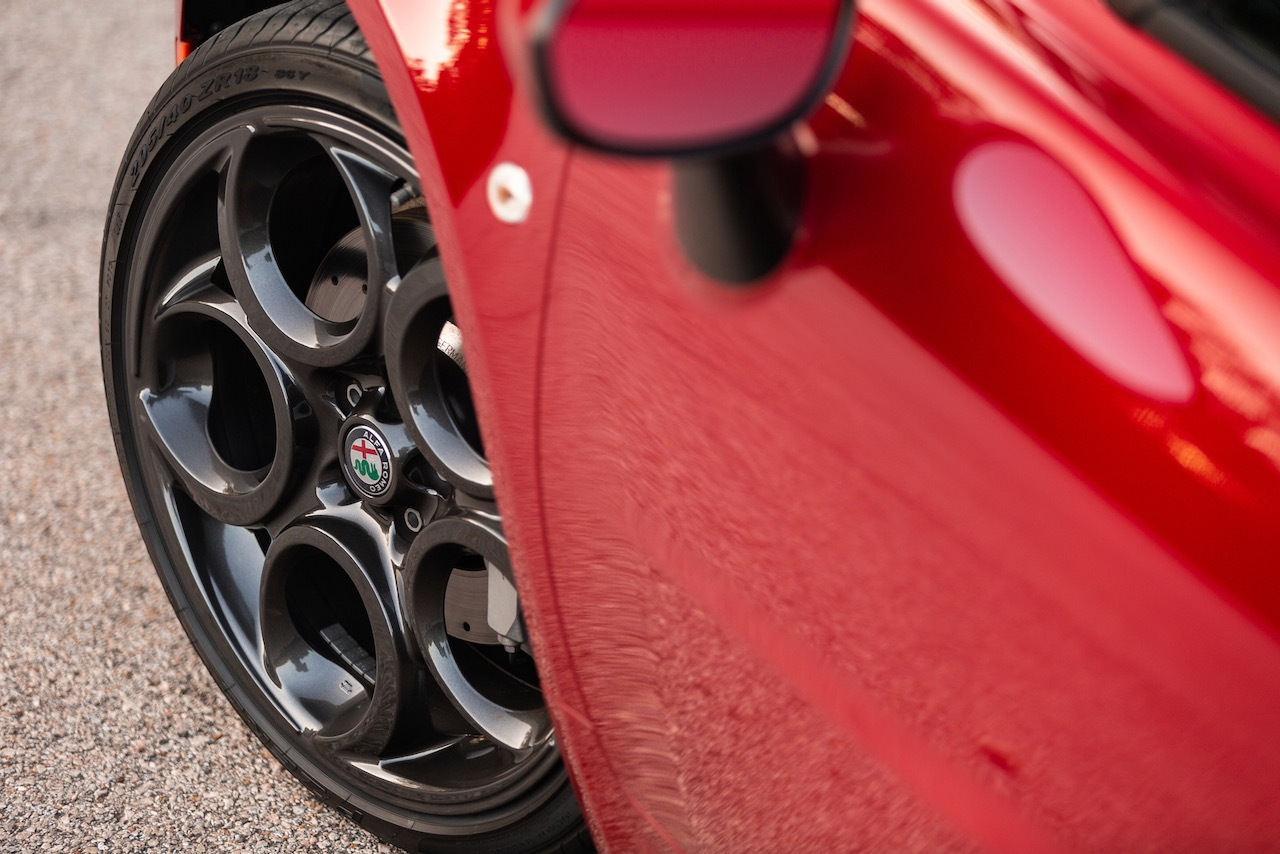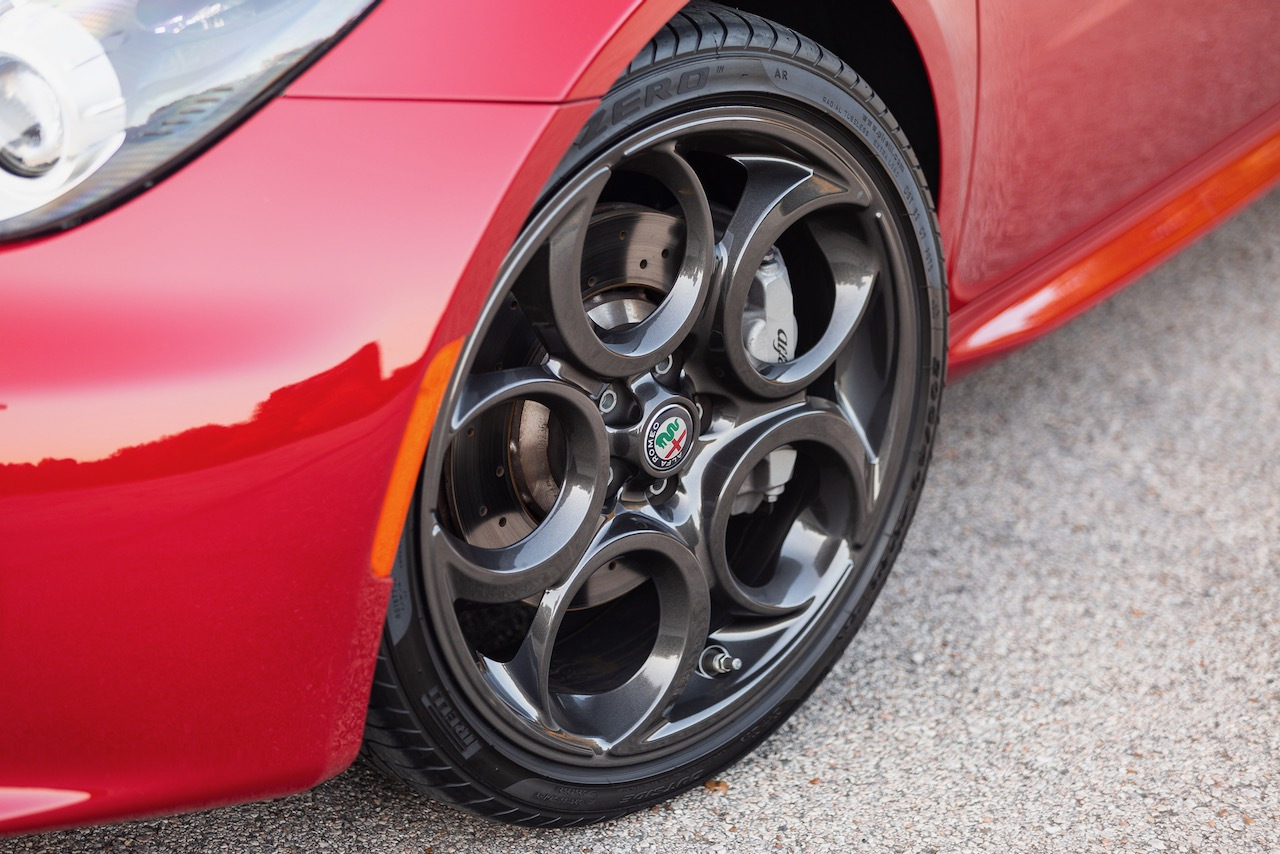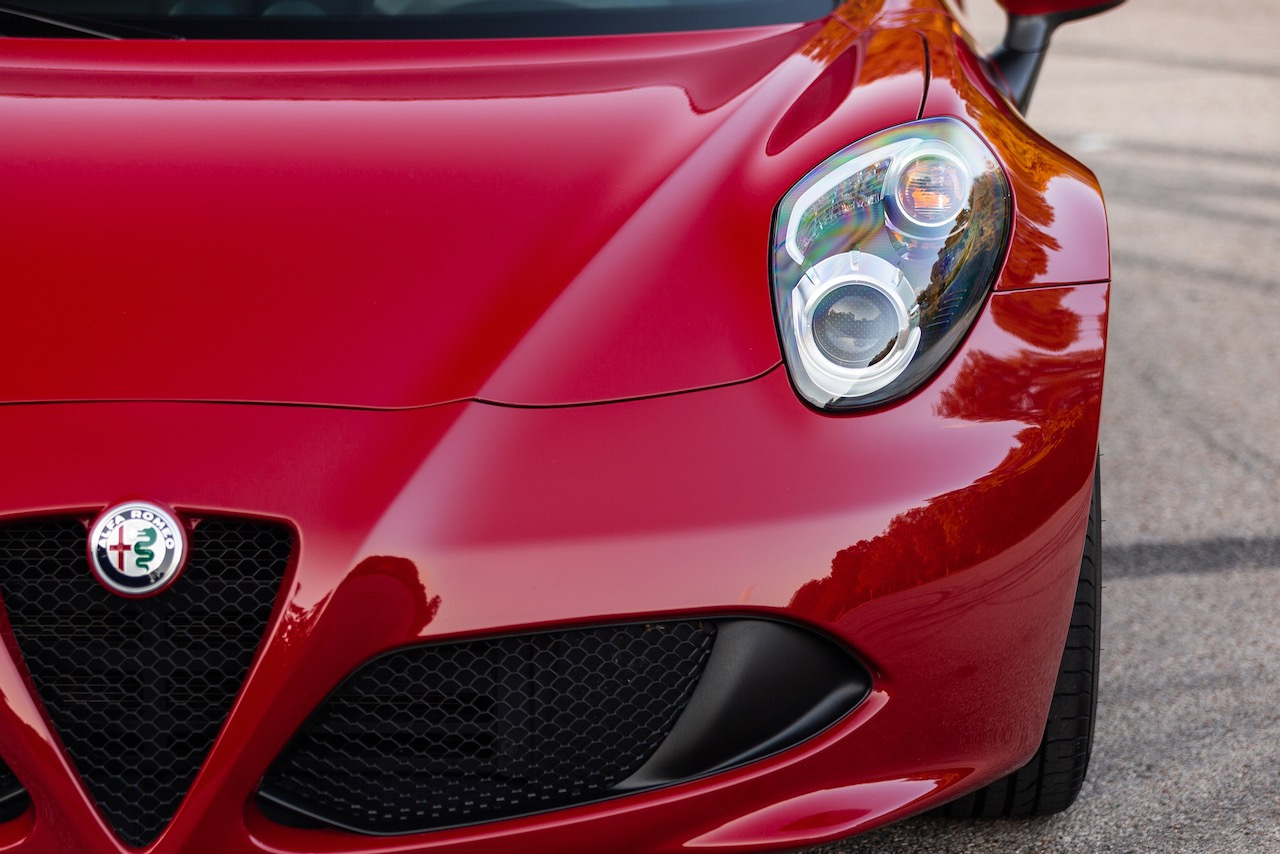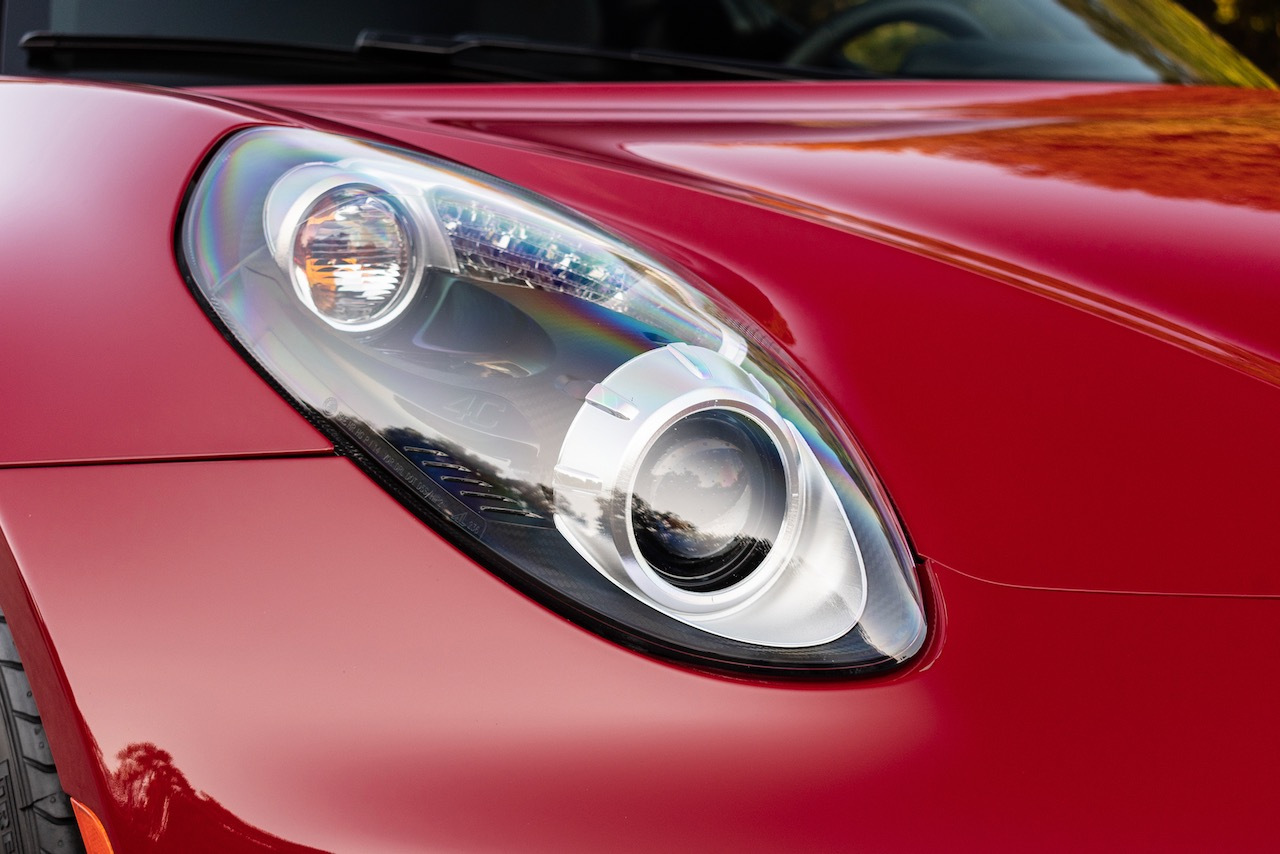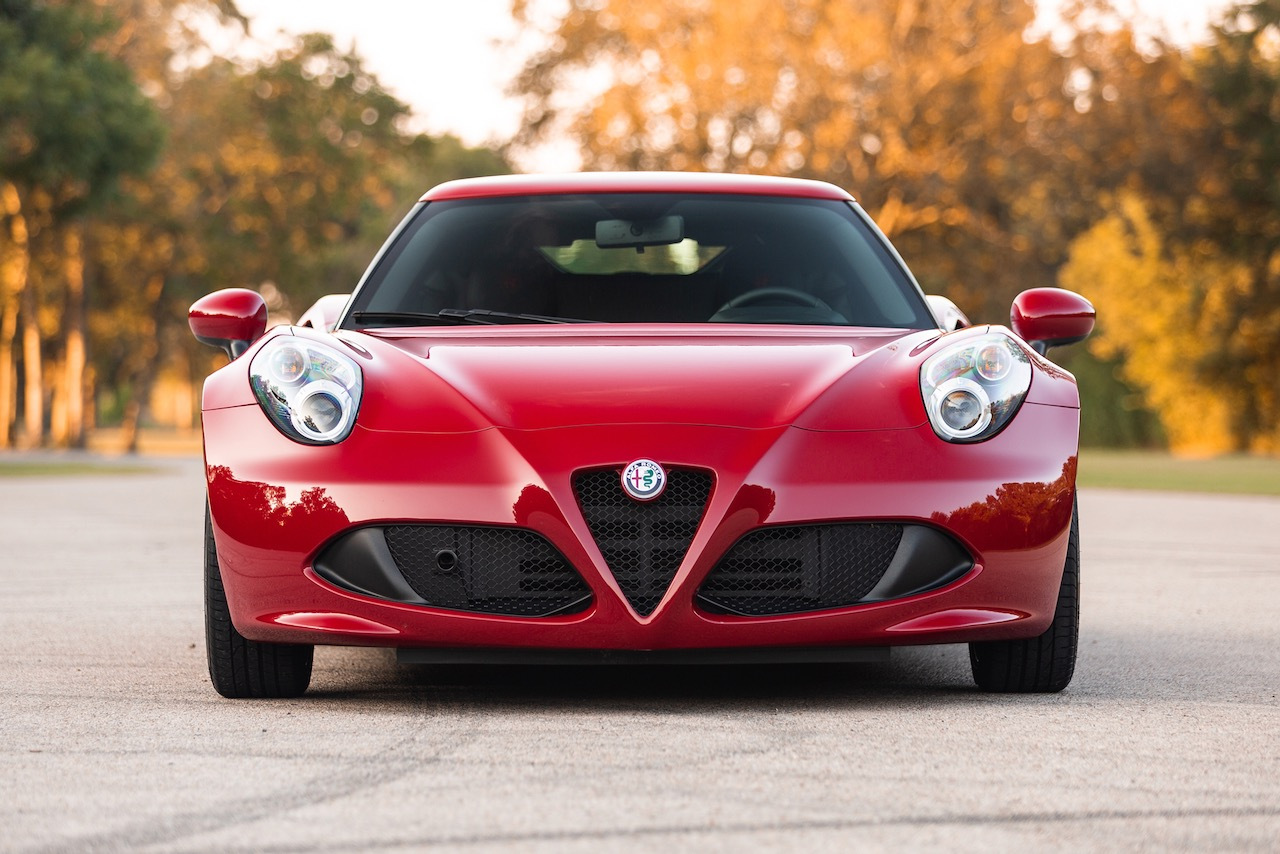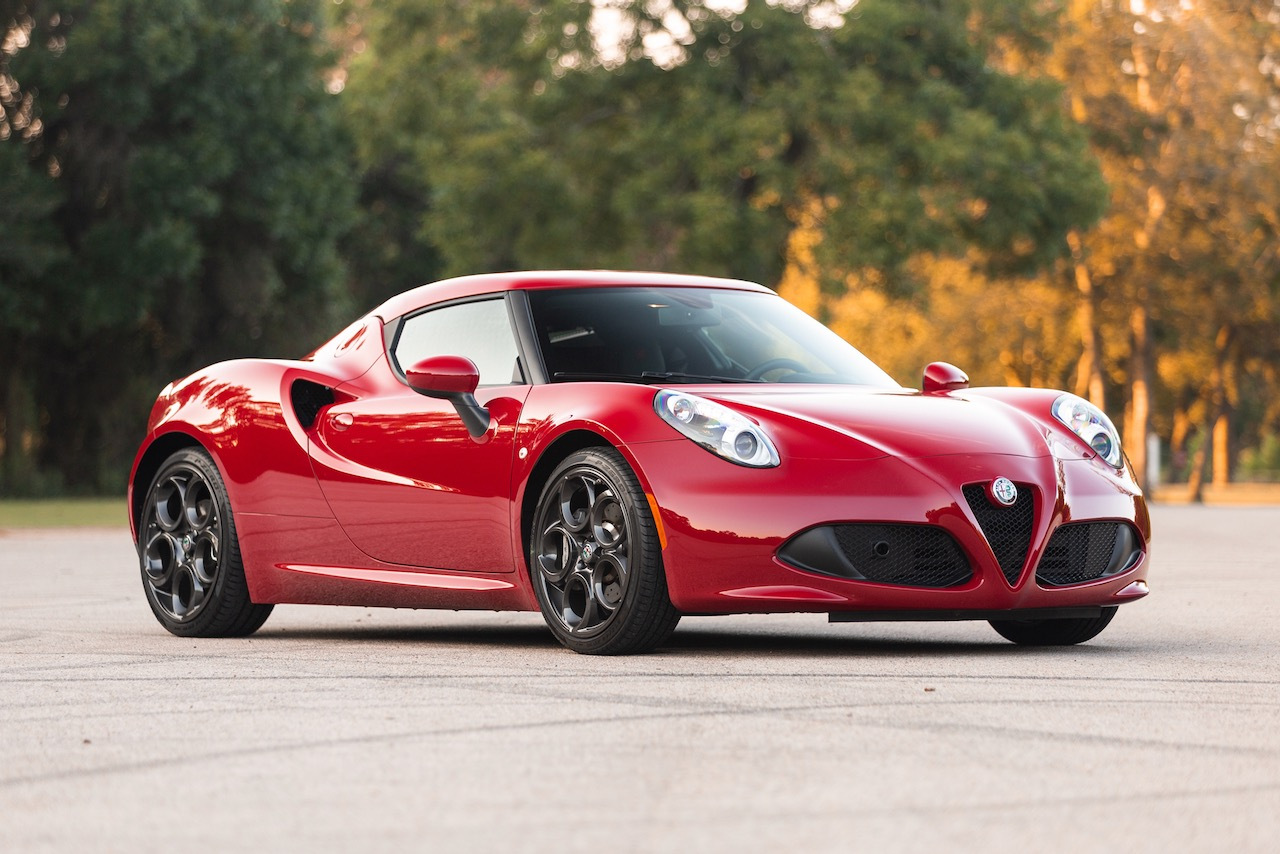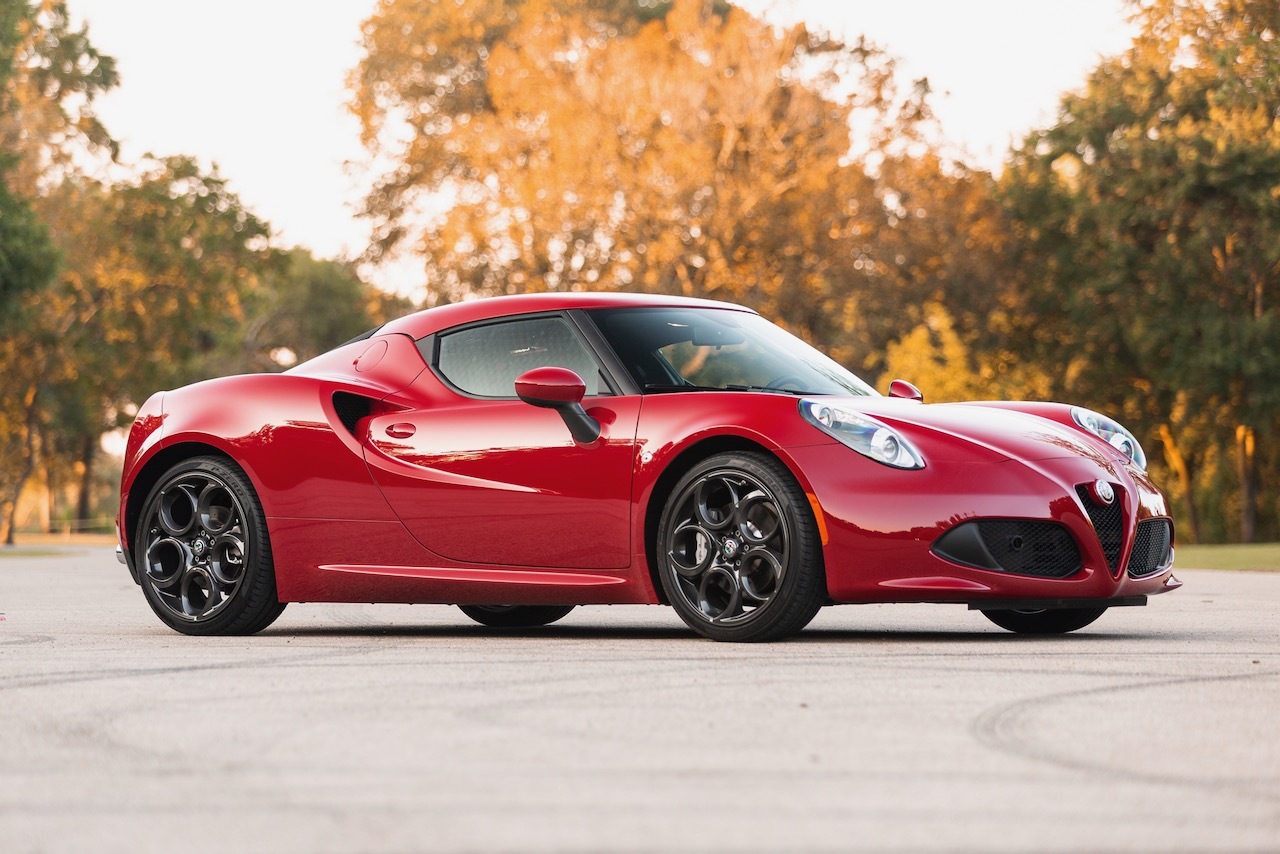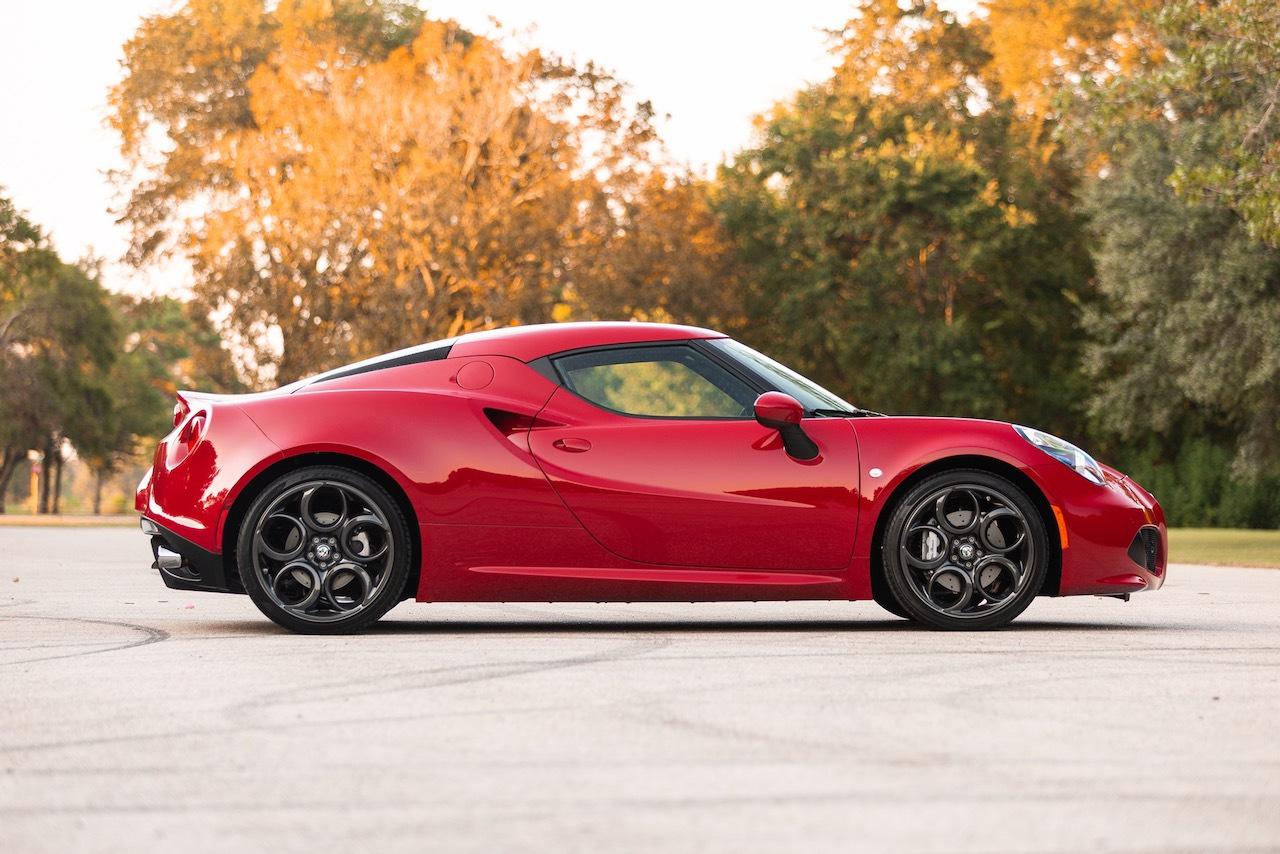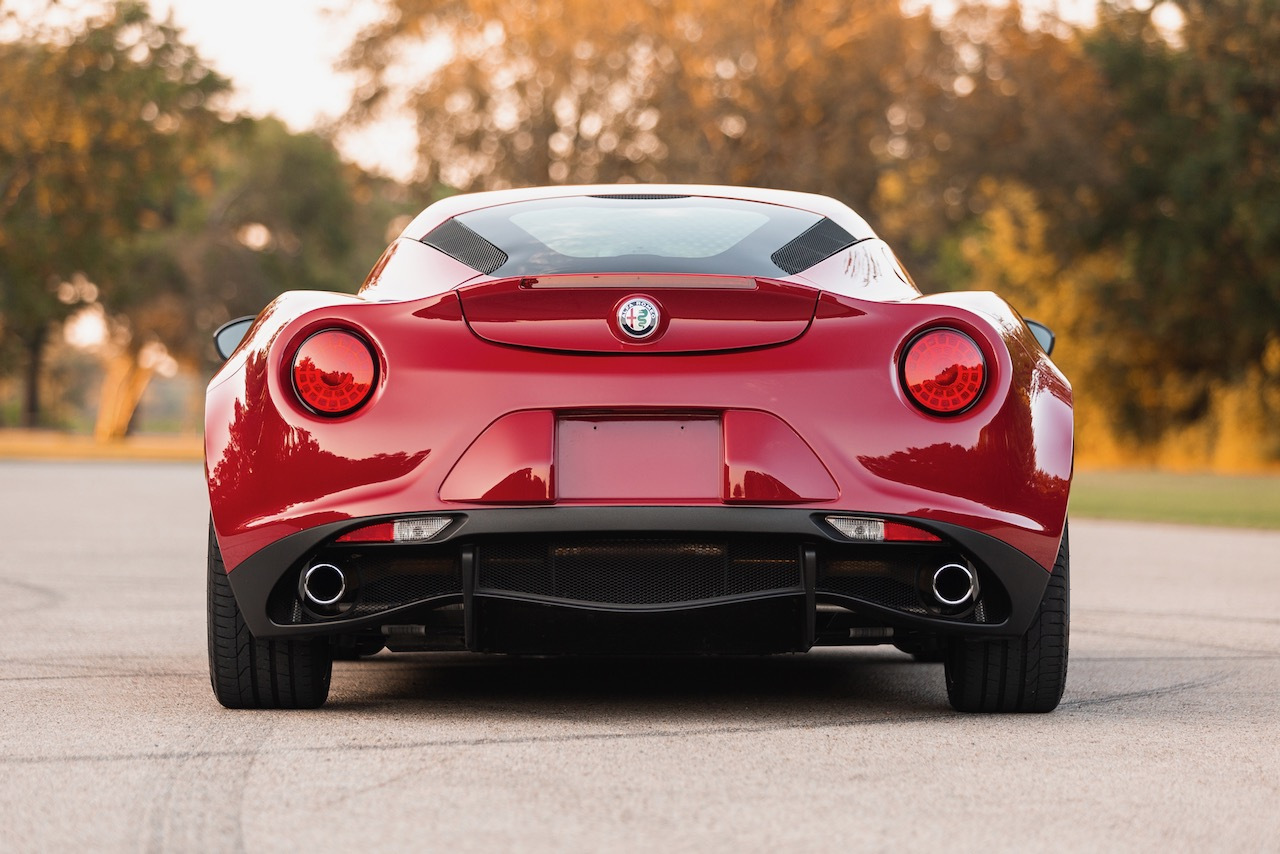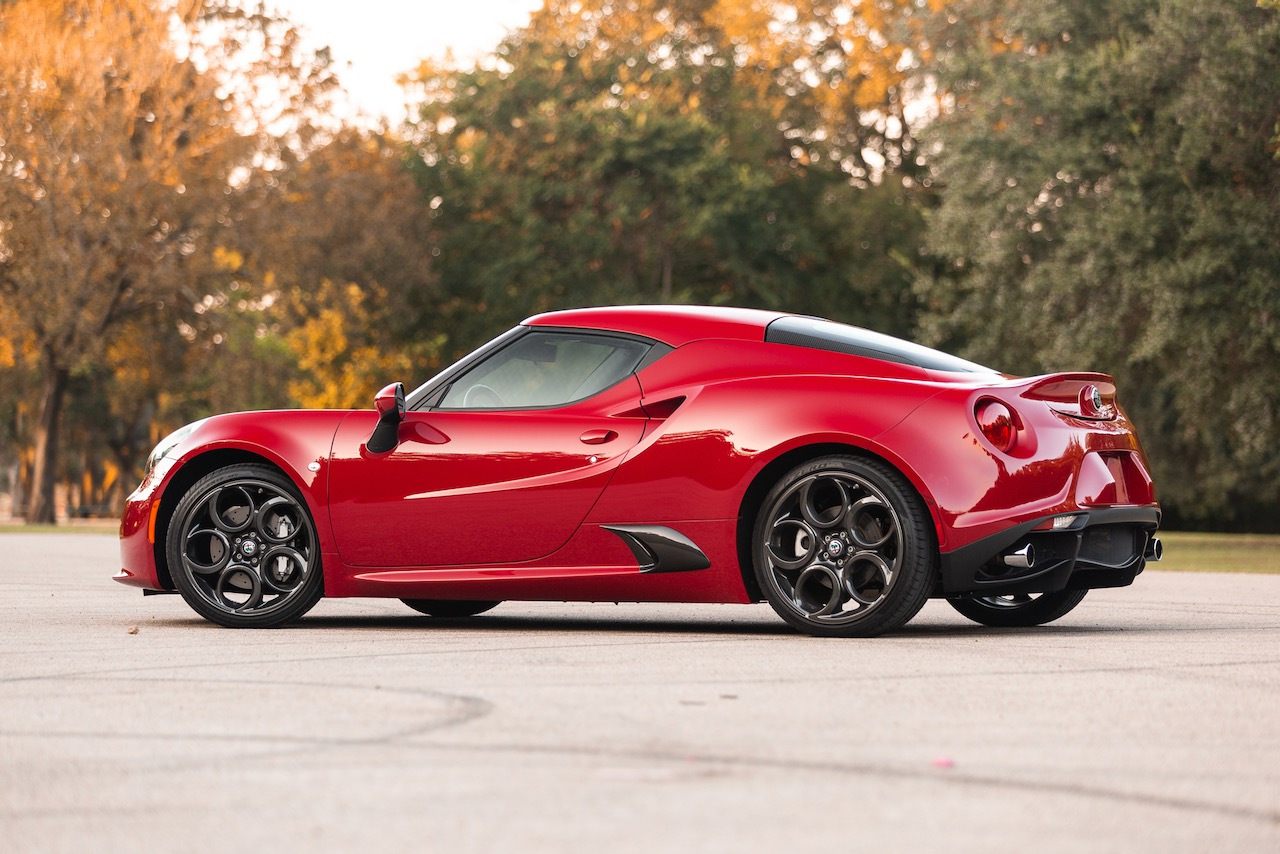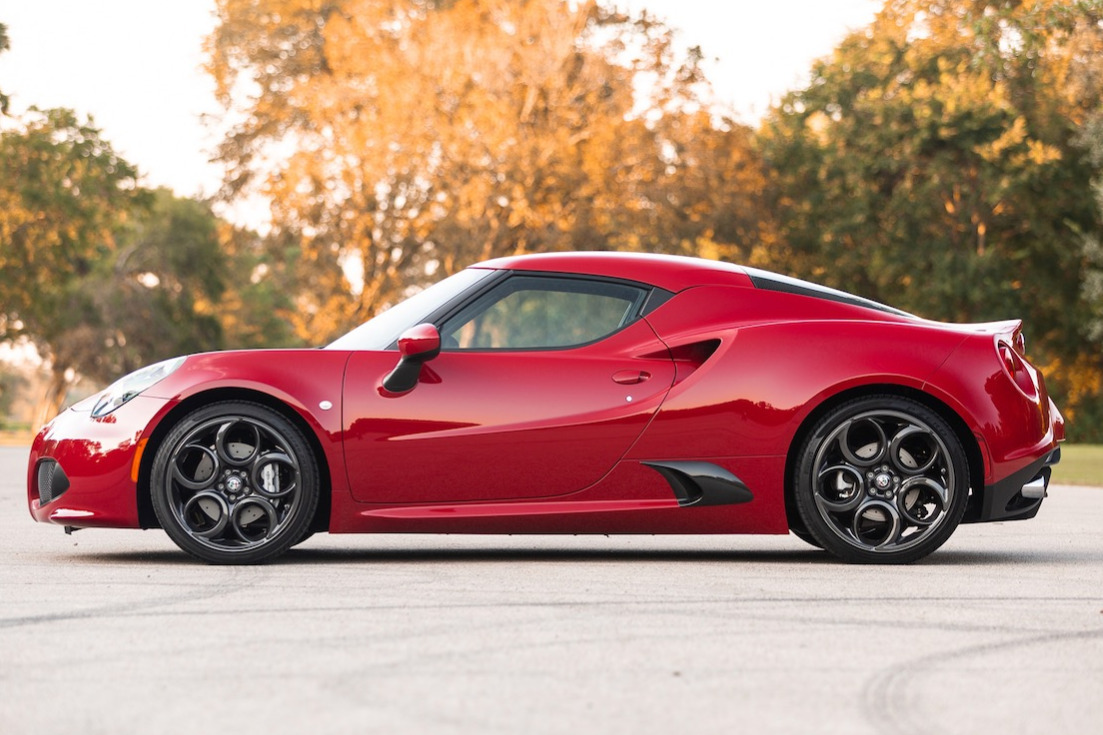If there were no bad cars in the world, we wouldn’t appreciate the good ones. But when those bad cars look as beautiful as the Alfa Romeo 4C, it’s hard not to feel confused, disappointed and surprised.
My first up-close encounter with the 4C was at a disused warehouse in northern Italy, where I spent a day pushing around the 2011 4C concept car for a photoshoot that would appear in the UK’s Car Magazine.
I’m pretty sure Alfa hadn’t confirmed the car for production at this point, but we all knew it was coming and we couldn’t wait. It looked sensational, and the promise of a carbon chassis, compact, efficient turbocharged engine and Lotus Elise-like dynamics was almost too good to be true.
Which, in my experience, at least, is exactly what it turned out to be. Because while almost all of the reviews published off the back of the initial test drive in Italy a few years later were hugely positive, when I eventually got myself behind the wheel a few months after that, I had to wonder if I’d been driving the same car.
Related: Abarth Made A One-Off 1000 SP Roadster Based On Alfa Romeo’s 4C
In one sense, I hadn’t. The left-hand drive Italian-spec car I borrowed from the UK press office was fitted with the optional European-market ‘Racing Pack’, which made the car almost undriveable on any surface bumpier than a marble kitchen worktop.
As its name suggests, the Racing Pack is intended for people who plan on make regular trips to the track, and comprises of uprated springs and shocks, a stiffer front sway bar, and the addition of a rear bar, which the standard car lacks.
Comparing the 4C with a Lotus Elise and Porsche Cayman for a 2014 Road & Track feature, I said of the Alfa:
“On anything less than marble smooth flooring, the steering is so badly corrupted it feels like you’re walking a pack of sniffer dogs through a network of crack dens. Bumps upset it, ruts in the road are like magnets and you find yourself physically backing out of the power when other cars approach on twisty back roads because you don’t feel confident that you’re not about to leap across the central line and punt them into the scenery.
Even simply changing lanes on the freeway sends the front wheels into a frenzy like you’ve just emptied a bottle of nitrous into a 1980s Saab Turbo. Road test editor Robin Warner’s first reaction on climbing out was to check that there wasn’t a broken bush on one of the track control arms.”
Later, when I drove a comfort-spec UK car on smaller wheels, I found it better, but still not perfect. The steering was marginally less frenetic and the straight-line stability improved, but it did nothing to fix all the other things I’d dislike about the first car.
Like the cheap rotary heater controls and flimsy shift paddles that spoiled the cool vibe created by the beautiful leather seats and exposed carbon chassis. Or the flabby throttle response from the 237 hp 1742cc engine. Sure, it could reach 62 mph (100 km/h) in 4.5 seconds, but the naturally aspirated Porsche Cayman you could buy for the same money sounded so much sweeter and did a far better job of connecting you to the road thanks to its lag-free delivery.
But worst of all was the dull chassis balance. The 4C changed direction well because it weighed just 2,465 lbs (1,118 kg), but the steering lacked definition compared to an Elise’s, and beyond the ample grip limits of the tires, nothing but a boring cushion of understeer awaited, unless you were absolutely determined to make the thing move around.
Later that year, I asked a senior Ferrari engineer if he’d driven it, the 4C being part of the same FCA empire as Ferrari at the time. He did that mouth-pulled-back-and-down-at-the-corners face and shook his head, indicating that, yes, he had, and no, he wasn’t a fan. So it wasn’t just me that found the Alfa disappointing, although I should point out that I never got a chance to drive the 4C Spider, which had a slightly softer chassis setup and which some people claim is the best version.
But even if I didn’t love the driving experience, I can still see the appeal of the 4C. It looks as fantastic now as it did half a dozen years ago, it’s great on fuel, light on brakes and tires, and there’s a rawness to the driving experience that you just don’t get in many modern cars – except the more playful, more communicative, and manual transmission-equipped Lotus Elise.
The Elise has been around for years, though, and that familiarity dilutes some of the magic of owning, if not driving, one. What the 4C offered, and still offers, is something more exclusive, a proper slice of supercar experience for the price of an only moderately expensive regular car.
Alfa killed off the coupe in 2019 and the Spider a year later due to poor sales, but even if I was never in love with the execution, I still love the idea of the 4C. Just imagine if Alfa brought it back by teaming up with Renault’s Alpine brand, borrowing the critically acclaimed A110’s platform and running gear, but dressing it up with some suitably sexy Italian curves. That’s the kind of 4C I could really get behind.




